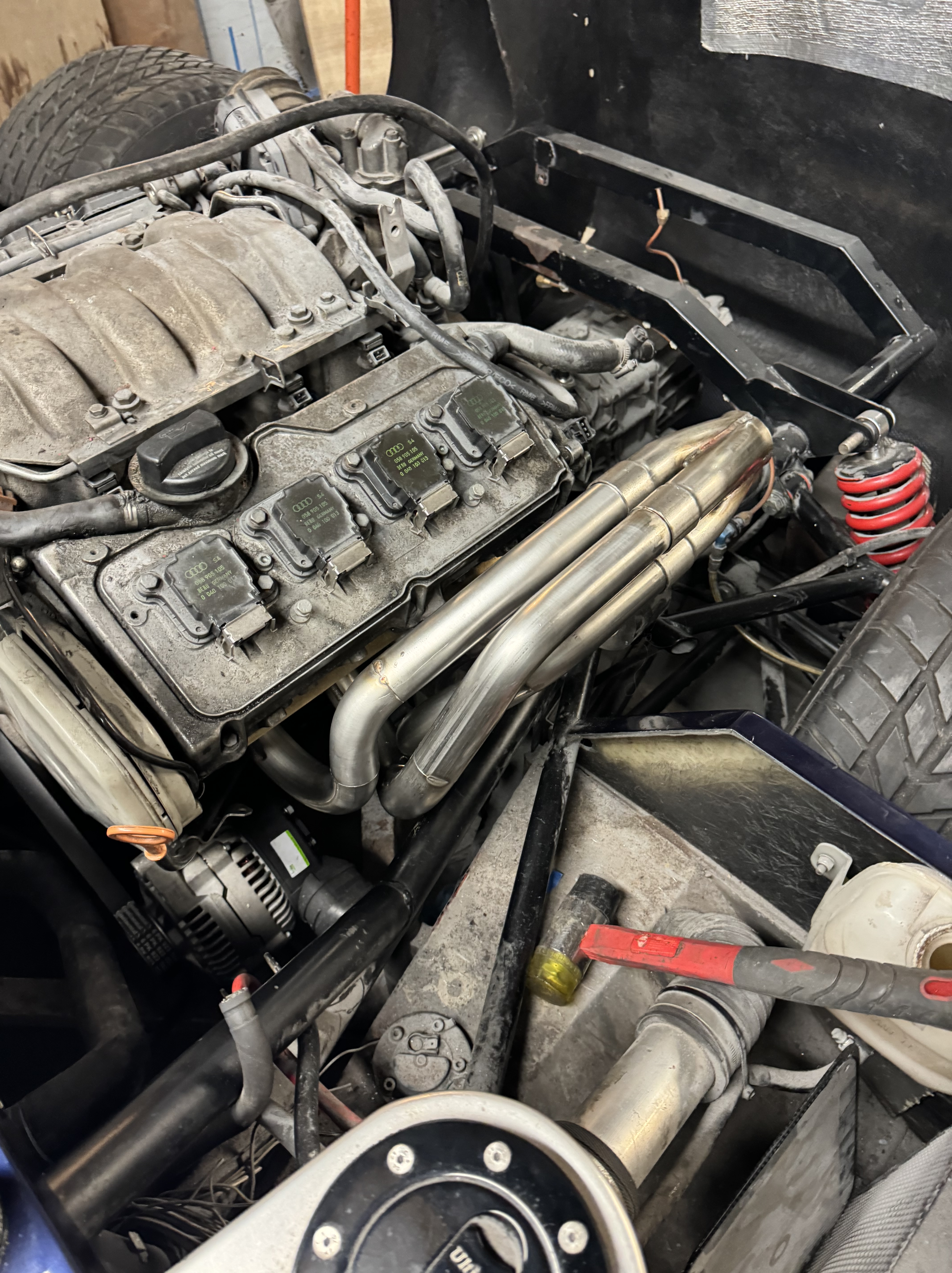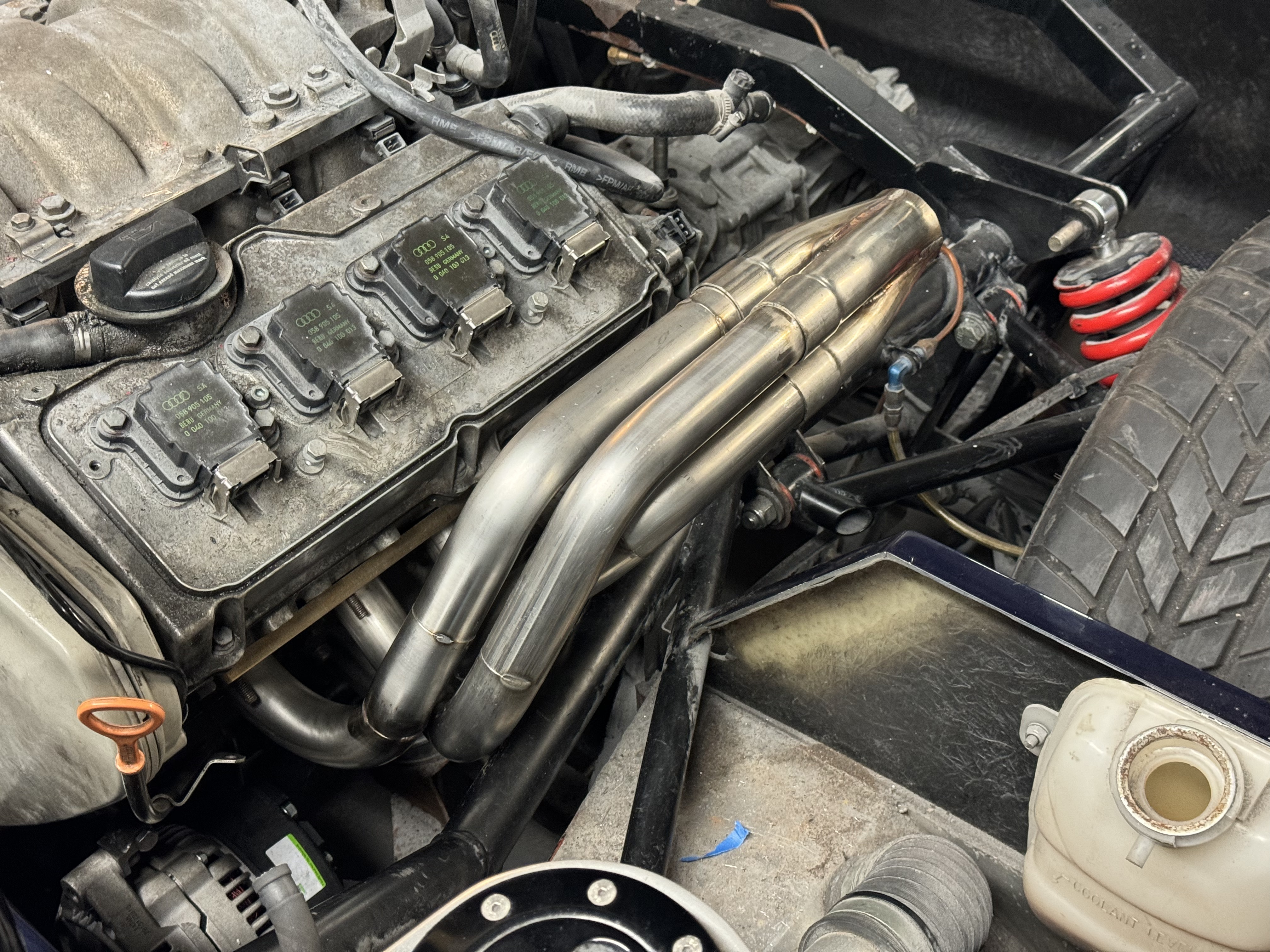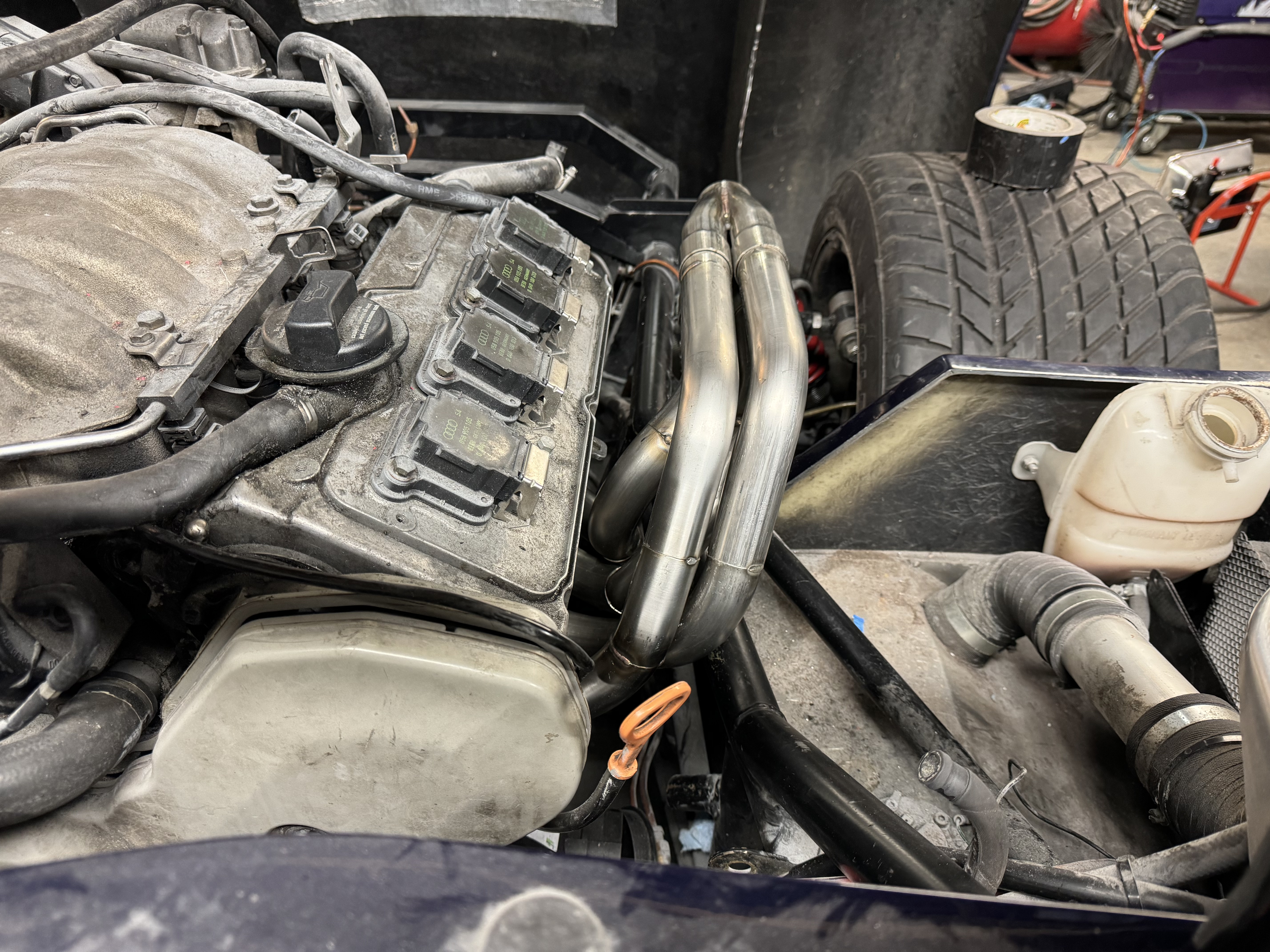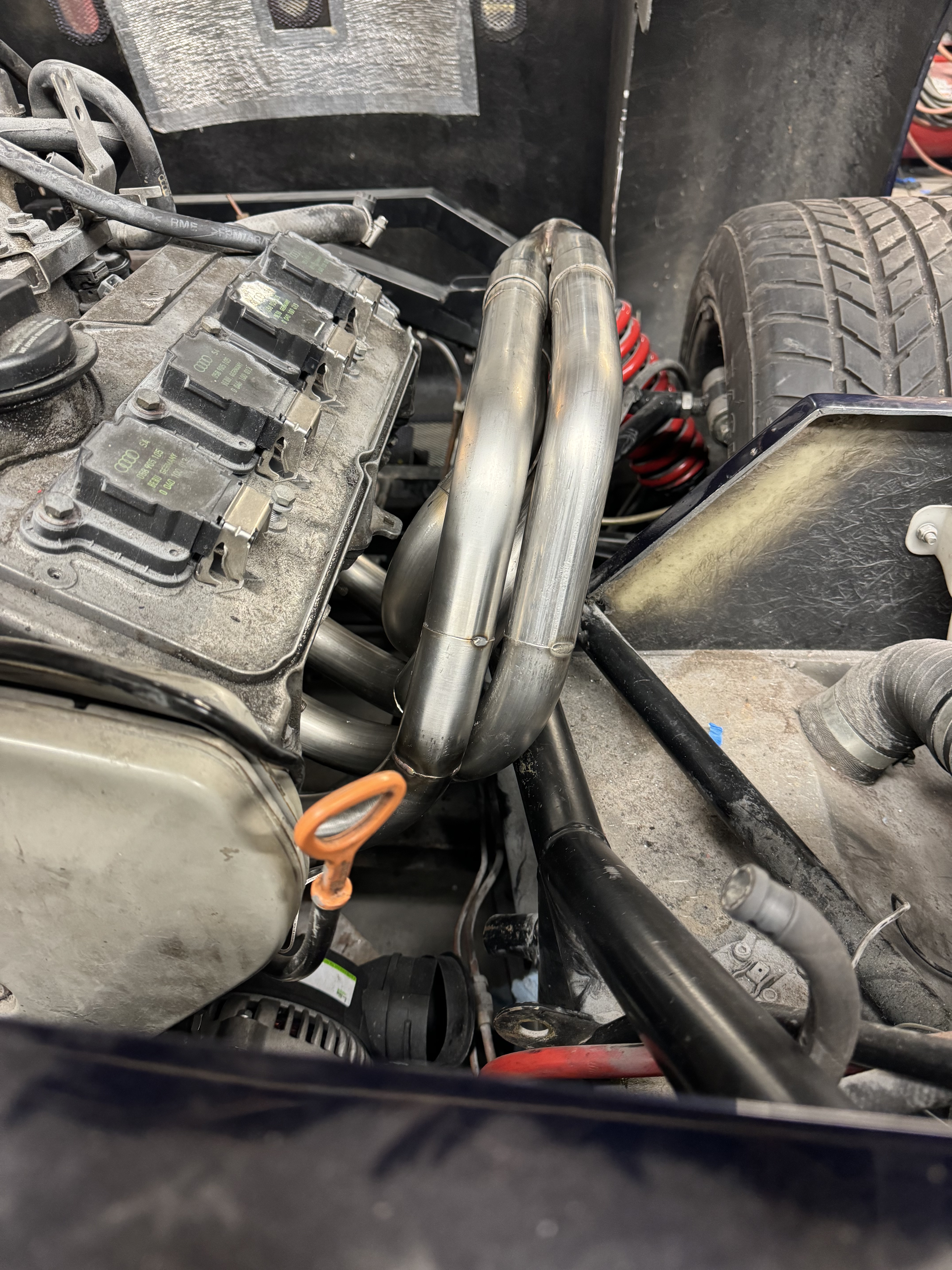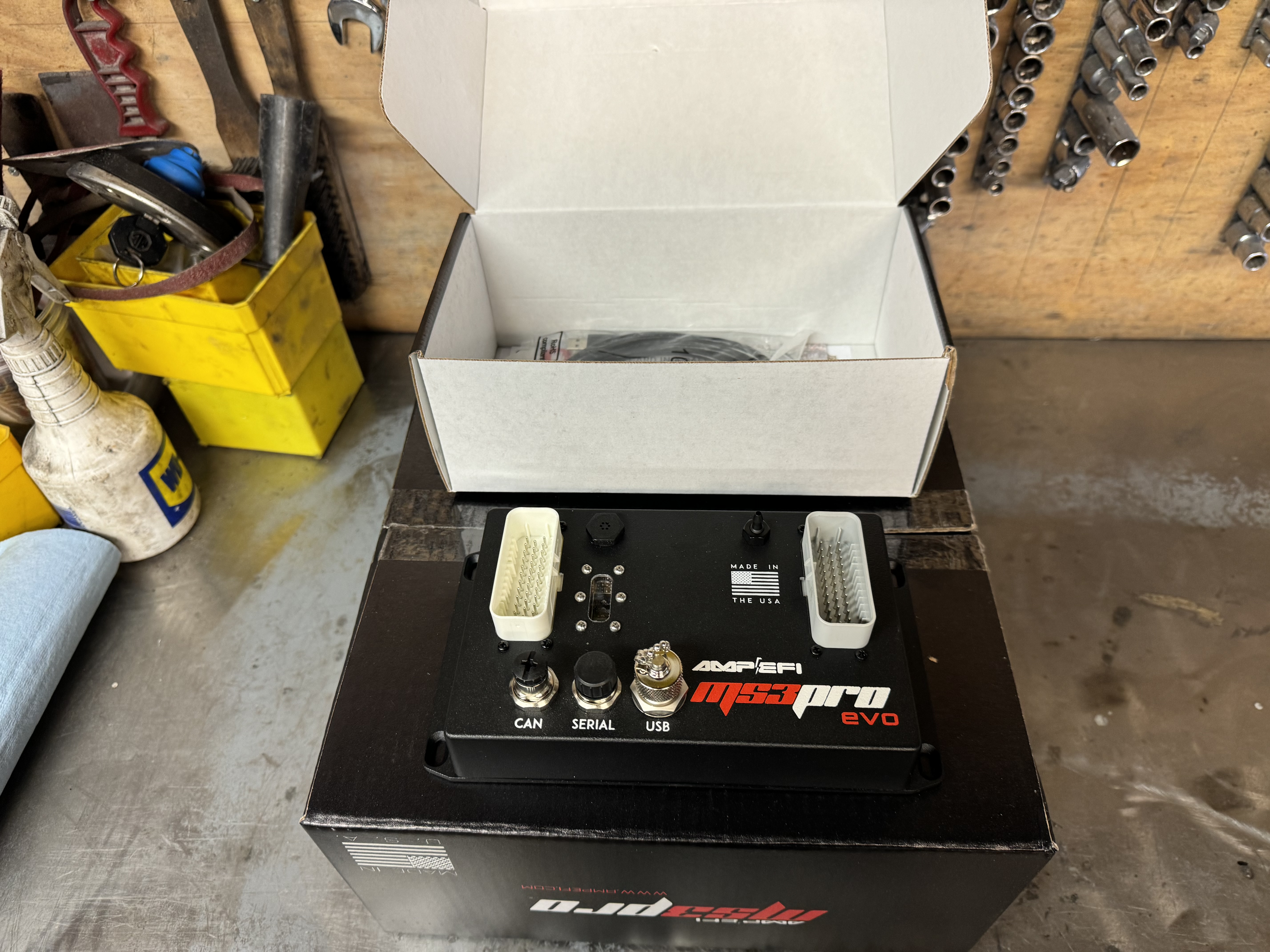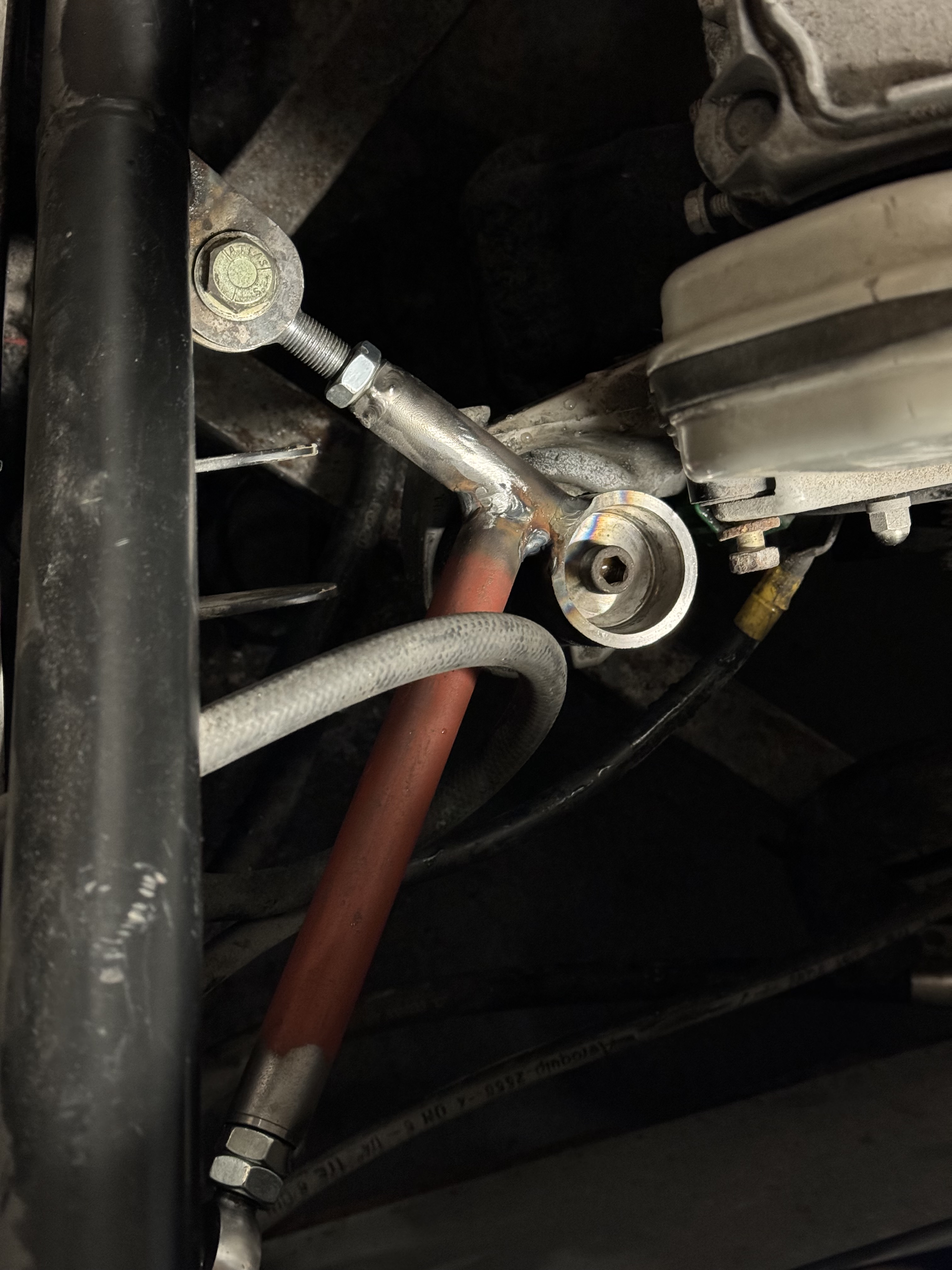Reproduced from “The News”, Saturday September26th, 1992
After surviving the bombing of his home and his Portsmouth workplace, Ray Wells was one of only two pilots in his wartime Spitfire squadron who came through alive. Now secretary of Langstone Sailing Club, he talked to Robert Lindsay about his war years
I was a British Rail clerk at the Fratton Road depo and was standing out on Goldsmith Avenue when it happened. It was just a lone raider on a day-time raid.
We saw this plane but there was no air raid warning or anything so we all wondered what was happening. We were looking up at it and we saw something detach from the fuselage and we thought “What the hell is that?”. Then we realised what is was and went flat on the ground.

It fell on the end of the freight depot and damaged it quite severely, one or two people were injured but no one was killed.
I used to live in Lichfield Road at Copnor which was heavily blitzed. Each cluster of bombs made a kind of whistling screech as they fell through the air. I can remember being in the shelter there counting the number of salvoes you could hear. I got up to 80-odd! The landmines didn’t make a noise because they came down on parachutes.
Our house was damaged and Cuthbert Church was ruined and had to be totally rebuilt.
By the time I was 18 in September, 1941, I had eventually managed to get into the Air Force. At that time, after the Battle of Britainm everyone wanted to join. Though I was only a lowly clerk I thought I would have a go and got through.
I never thought I would attain the heights of a pilot, but I found I was just as good as the university graduates and the doctors and dentists I was with.
After training in America and Britain, I was finally posted to 19 Spitfire Squadron in August 1943.

I was with 19 Squadron all the way through D-Day and the war through Belgium and Brussels. I flew 115 operations. I was a bit over the top because you were only supposed to fly about 20 ops on a tour then you were meant to be give a rest.
There was myself and one other chap. We were the only two left out of a force of 90-odd pilots, The rest were either killed, prisoners of war or just didn’t make it through for other reasons.
The worst bit was the waiting around to fly. The actual flying was all right. It was the bit between that got a bit strained. You were losing people all the time and were wondering if you were going to be next.
I had a few dog-fights all right. I shot down four German fighters, Focke Wulf 190s. I was damaged twice, both times by flak, once over Le Havre when it was enemy hands and once right over Germany, but I managed to get back all right.
On a rest
Just towards the end of the war, to give me a rest, they post me to the RAF Film Production Unit at Pinewood Studios. We took cameramen up over Germany so that they could take stills and newsreel film of the bombing.
I even had to take them to film out men crossing the Rhine. I had to fly under out own artillery fire at about 200ft and then turn to follow the river, tilting the aircraft so that the cameraman could take his shots out of the window! I was supposed to be on a rest!
After the war I want back to British Rail as a clerk again and I worked my way up so that by the time I retired I was a project officer on computers.
I was given the opportunity to carry on flying, but it just wasn’t my cup of tea. They needed people from universities. I’d just been to Portsmouth Polytechnic where I’d trained to be a pattern-maker in the dockyard. I didn’t have the right background.














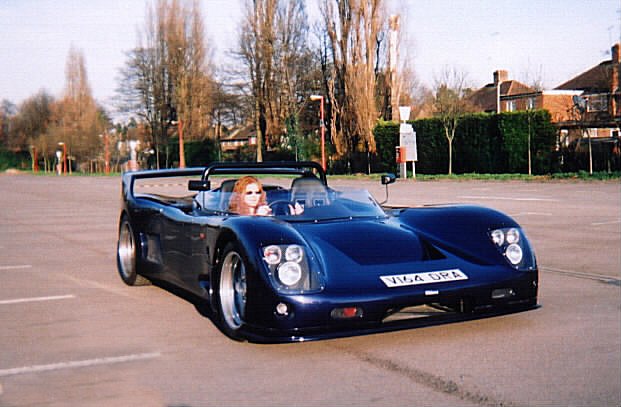
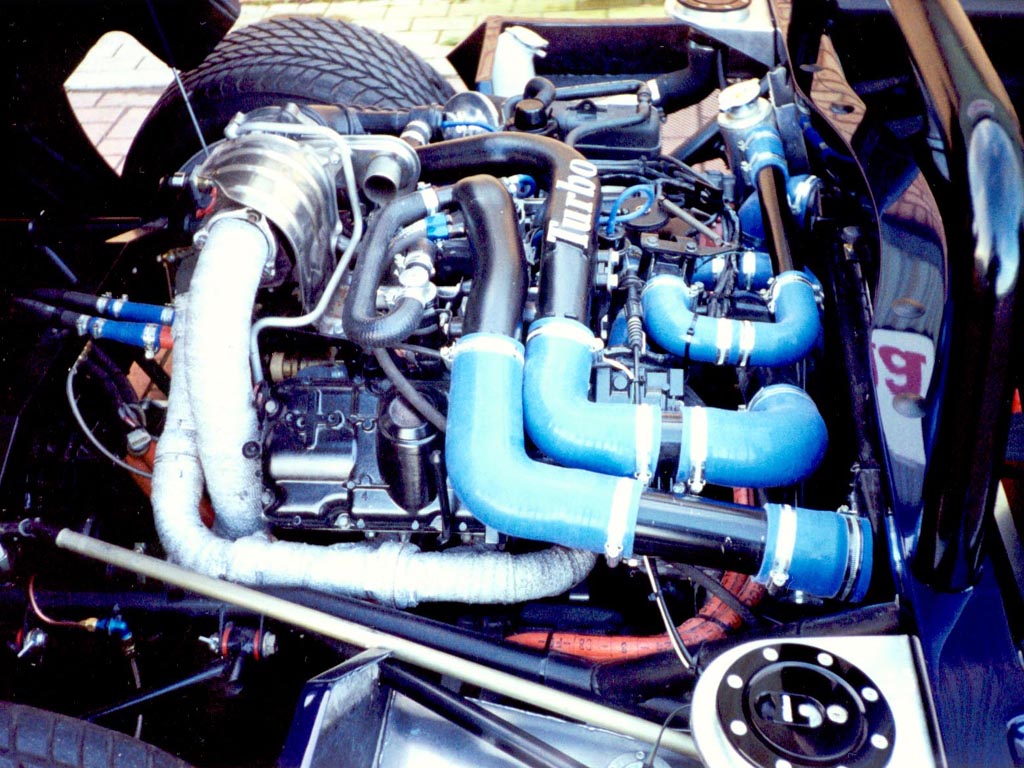
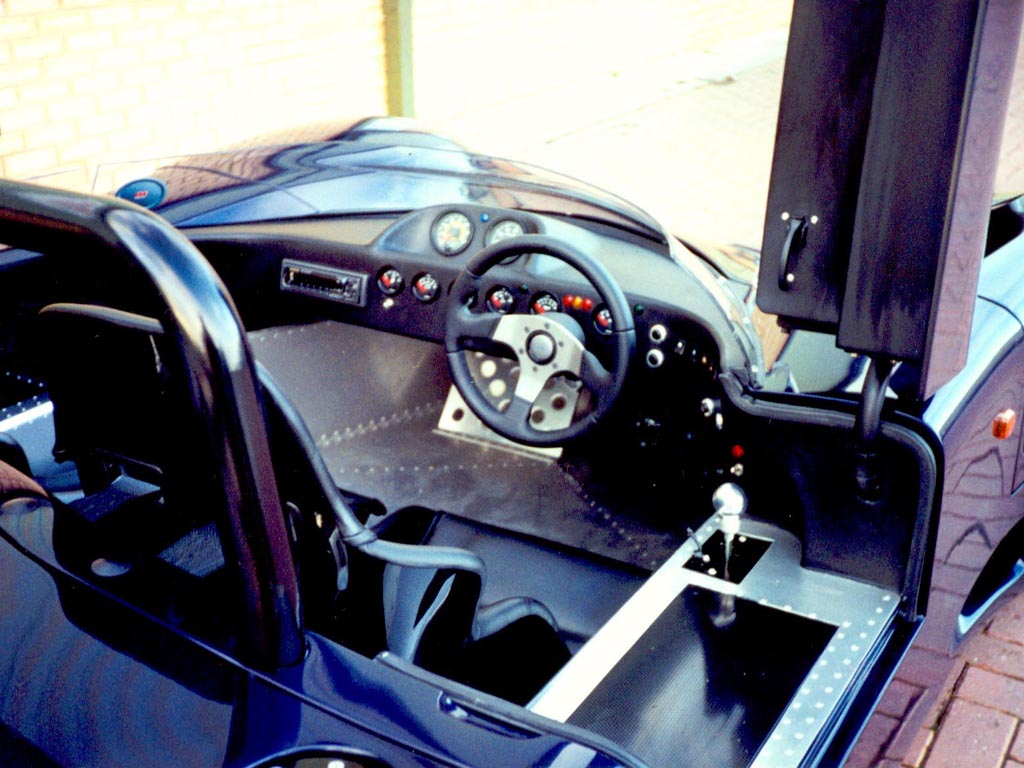 It always ran well – but time passes and I decided a few years back to re-engine it.
I bought an engine, gearbox, custom flywheel & clutch for it – and then parked it for another few years…
It always ran well – but time passes and I decided a few years back to re-engine it.
I bought an engine, gearbox, custom flywheel & clutch for it – and then parked it for another few years…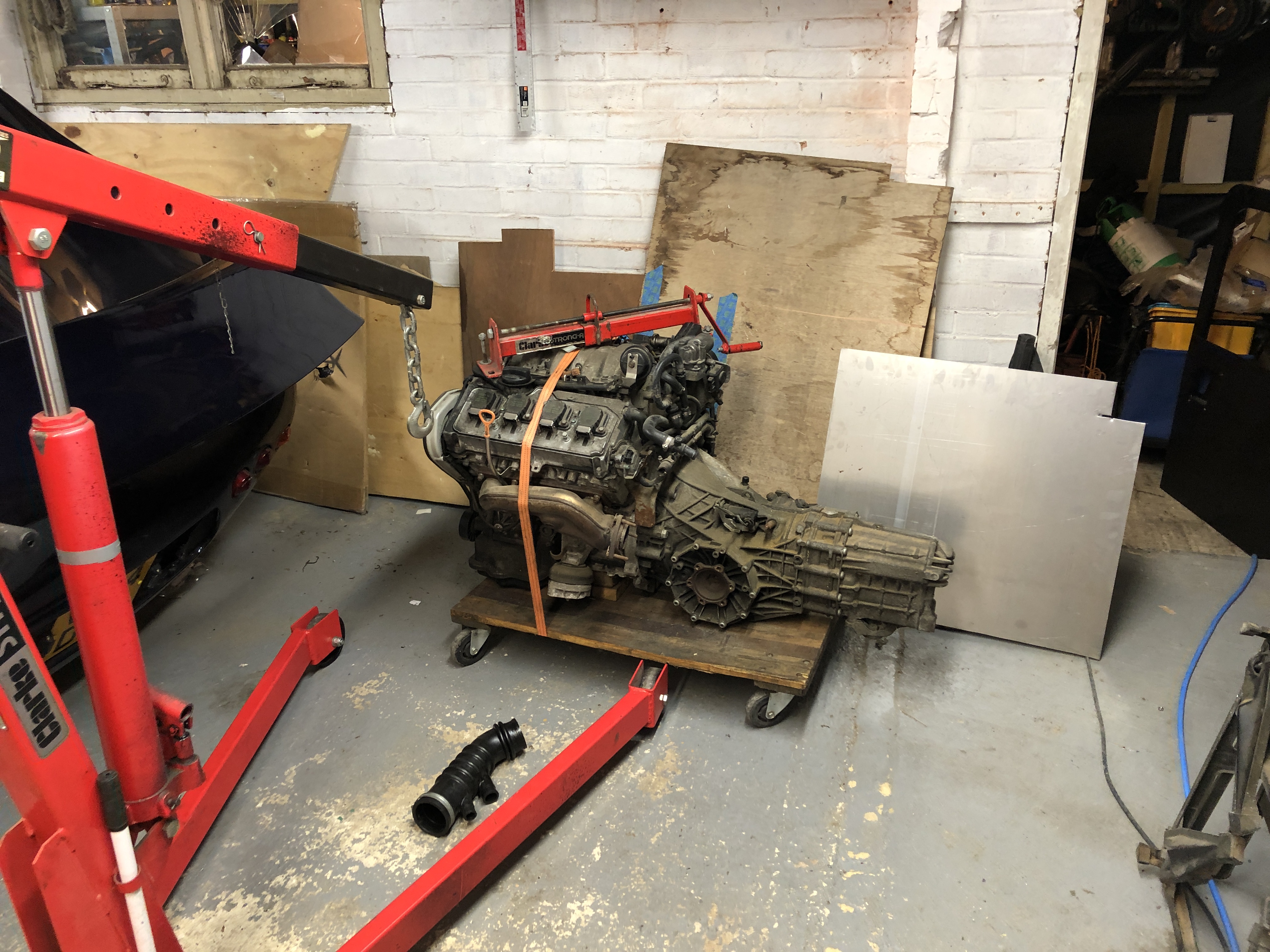 Time to take the old engine out:
Time to take the old engine out:
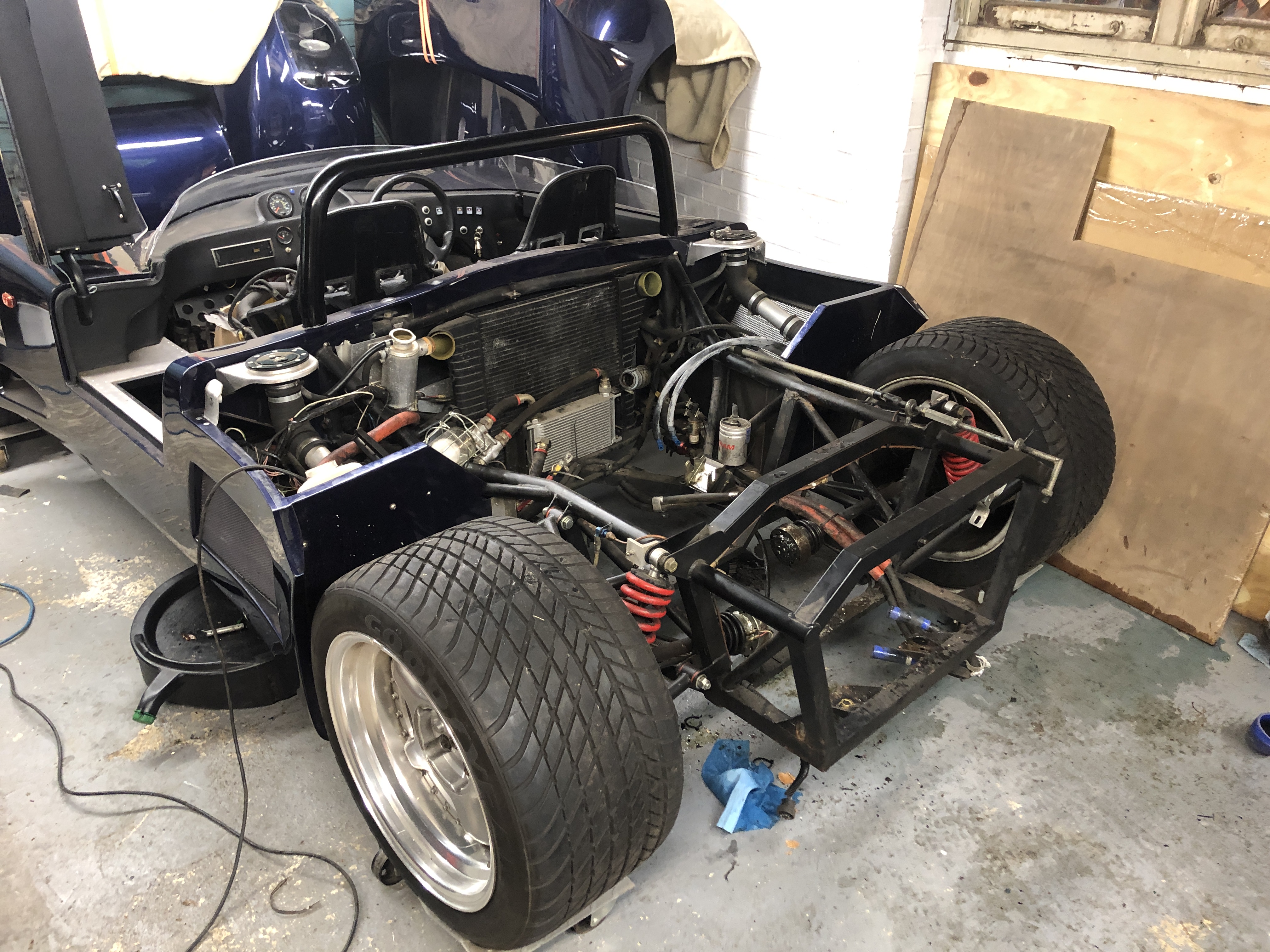
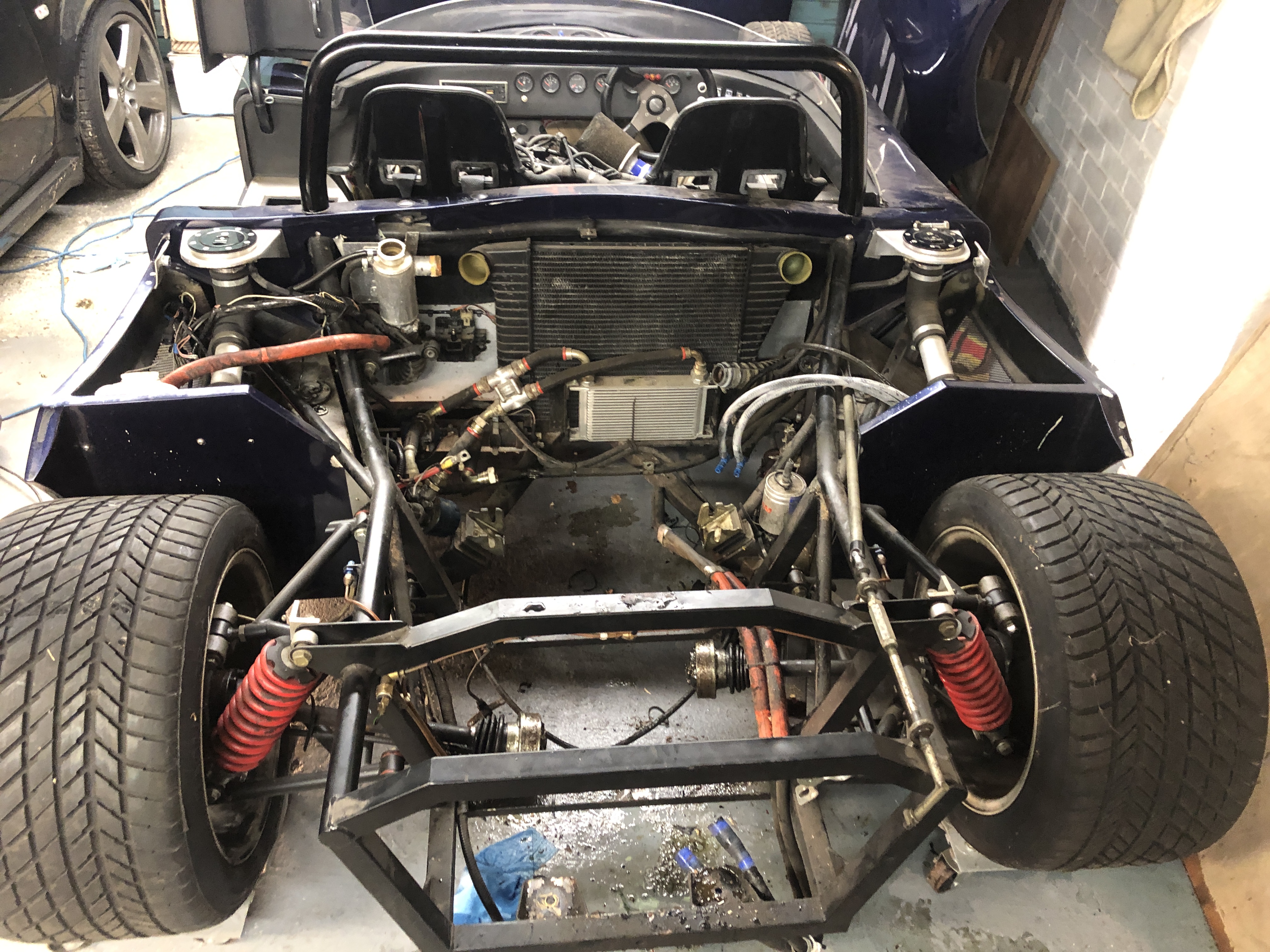 Almost twice the horsepower, but hardly any bigger:
Almost twice the horsepower, but hardly any bigger:
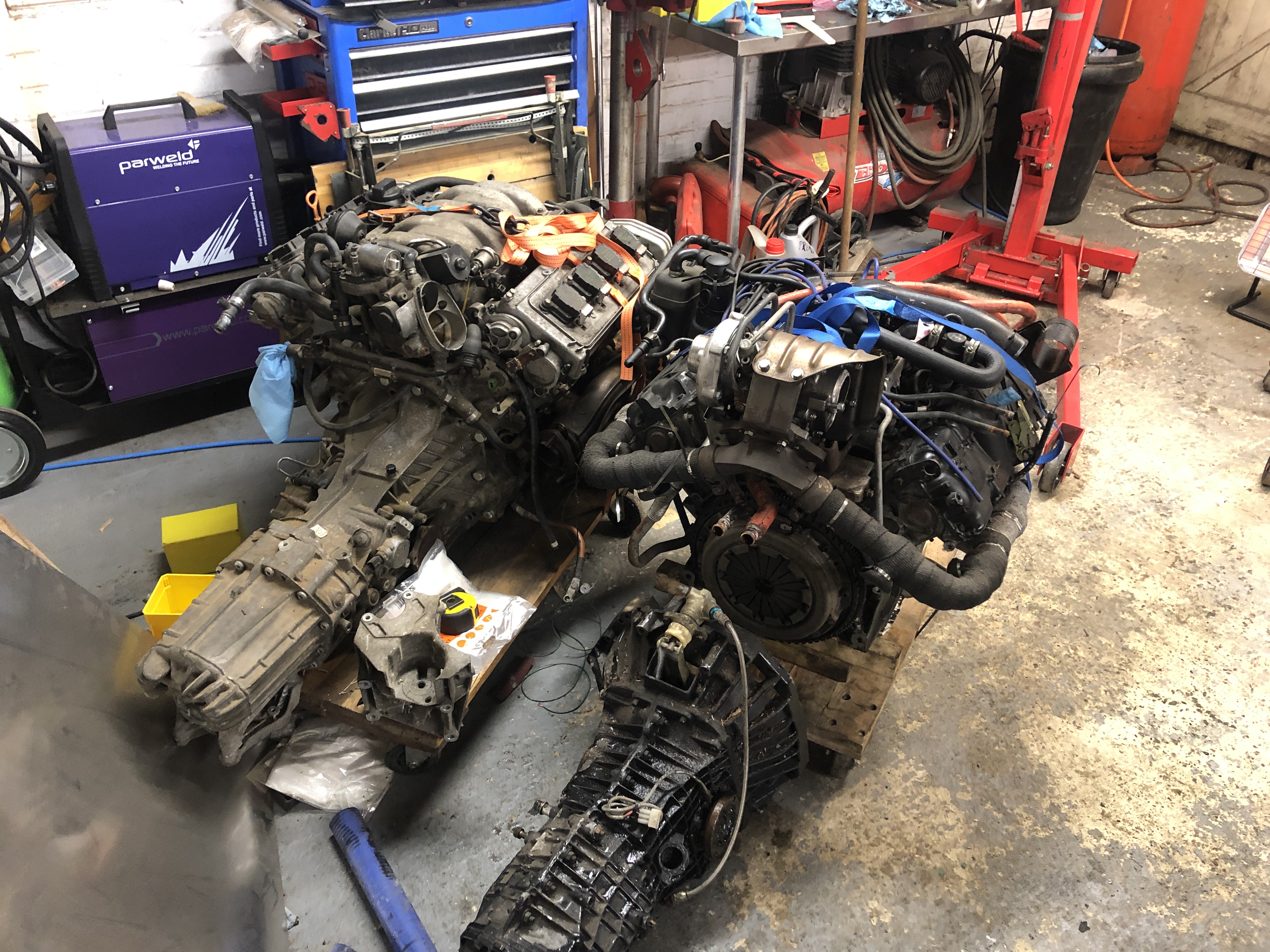

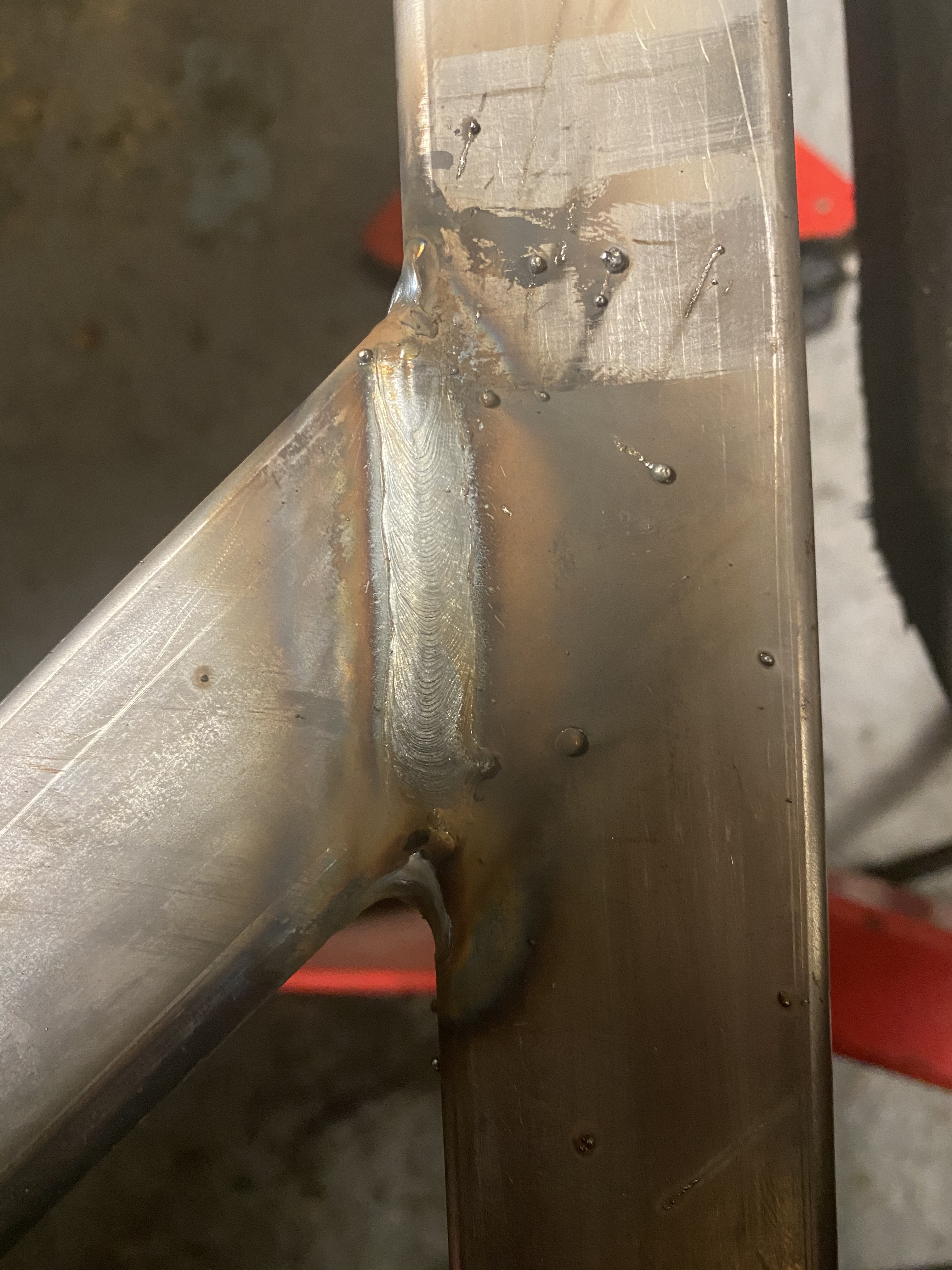
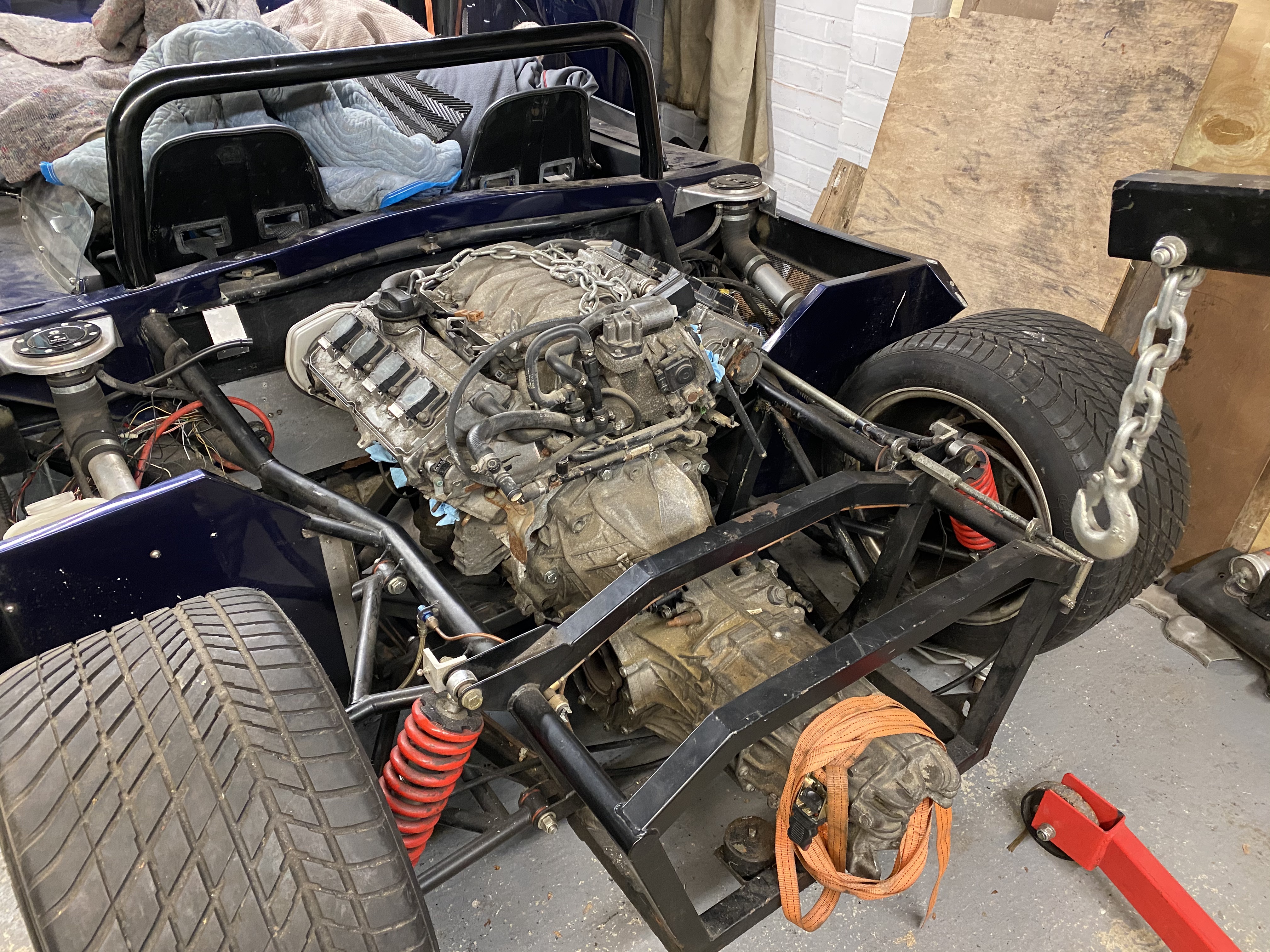 Next step, steel on order to make the engine mounts next, just waiting on order to arrive and will wheel out the welder again, while I ponder gear linkages as well.
Gear linkage was a proper chin scratcher to try and K.I.S.S, but I had a plan.
Next step, steel on order to make the engine mounts next, just waiting on order to arrive and will wheel out the welder again, while I ponder gear linkages as well.
Gear linkage was a proper chin scratcher to try and K.I.S.S, but I had a plan.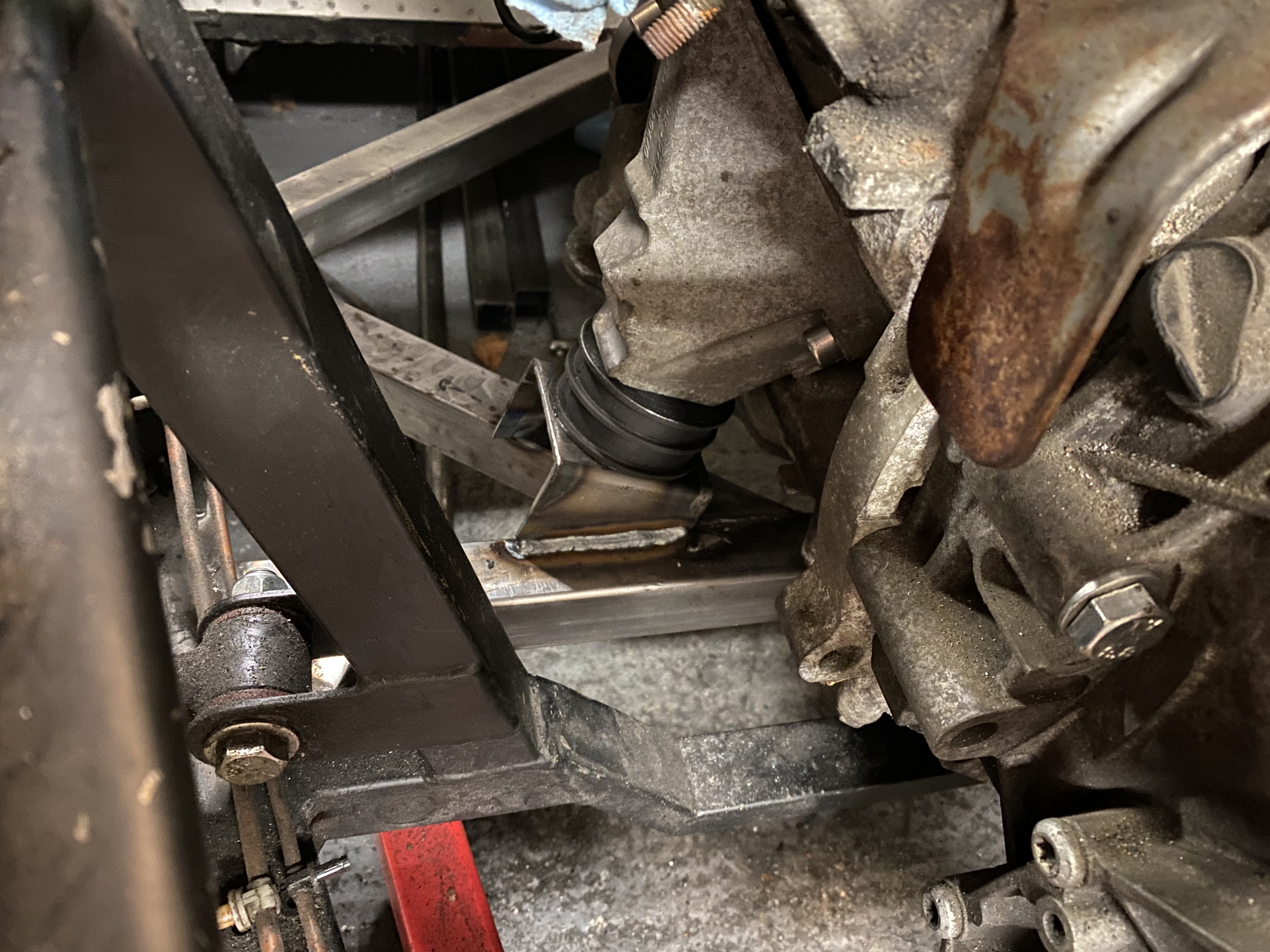
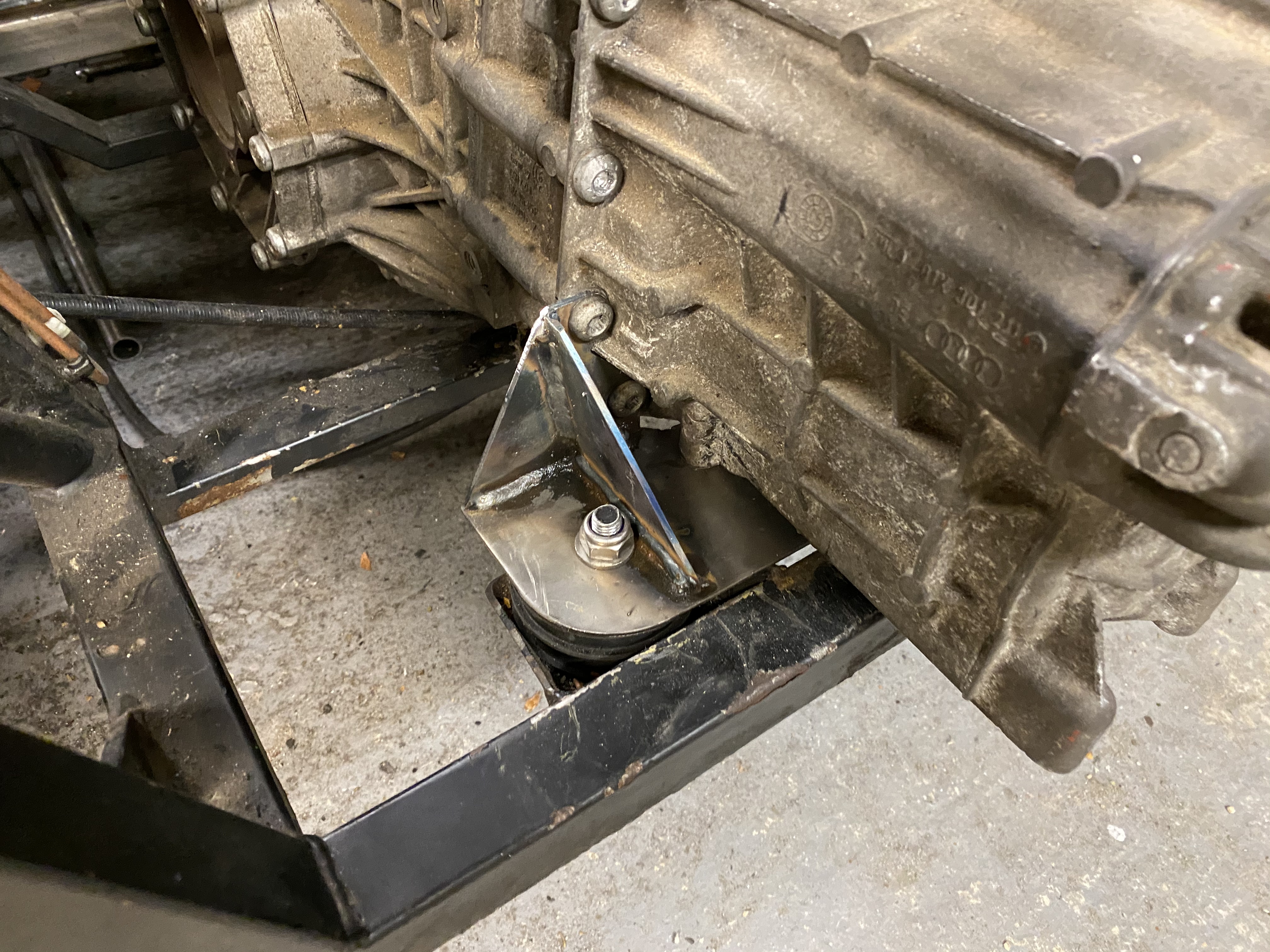
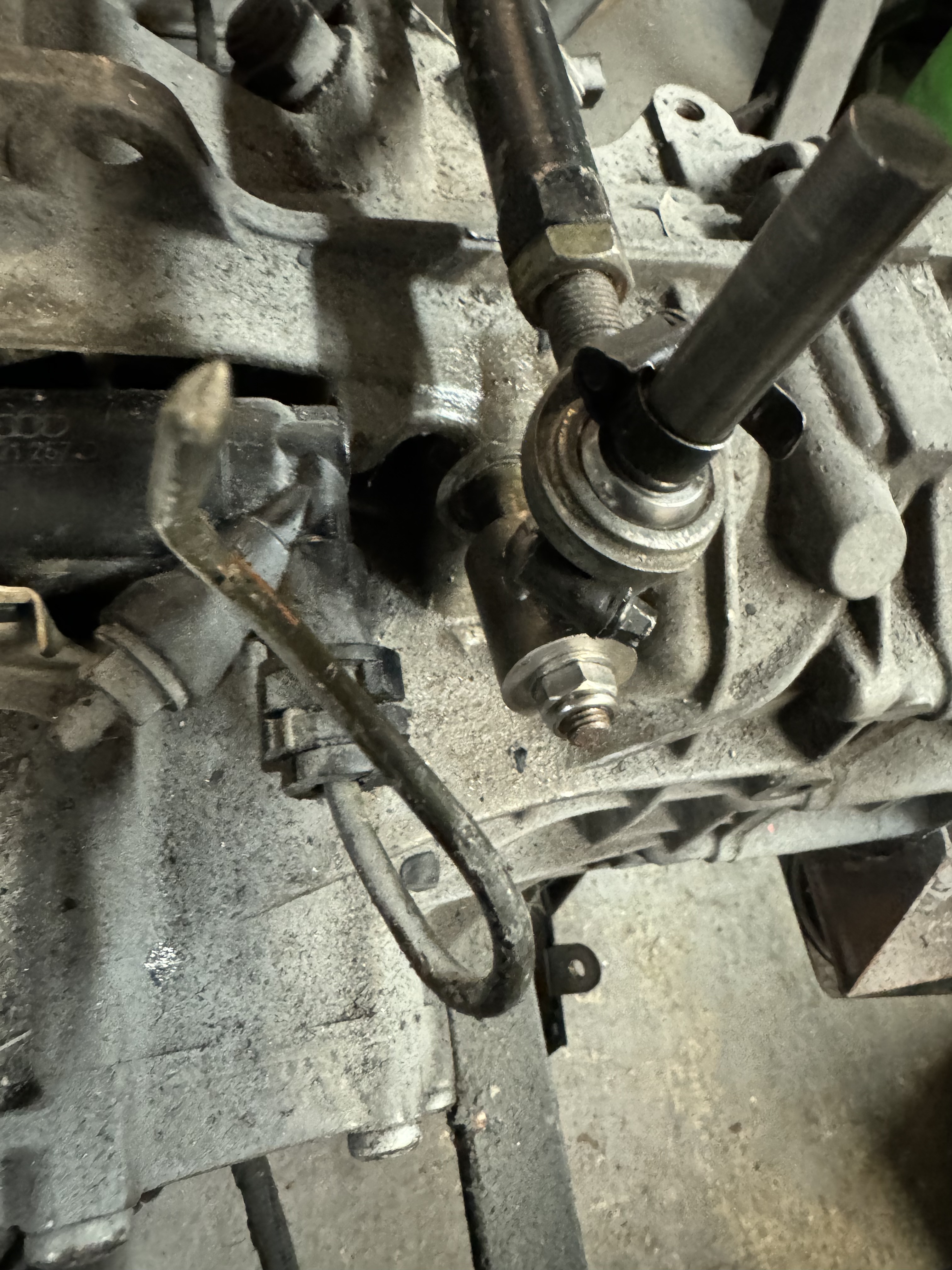 Detail of the shifter bar. I reused as much as I could of the old UN1 linkage mechanism – although the audi box shifts the other way round entirely:
Detail of the shifter bar. I reused as much as I could of the old UN1 linkage mechanism – although the audi box shifts the other way round entirely:
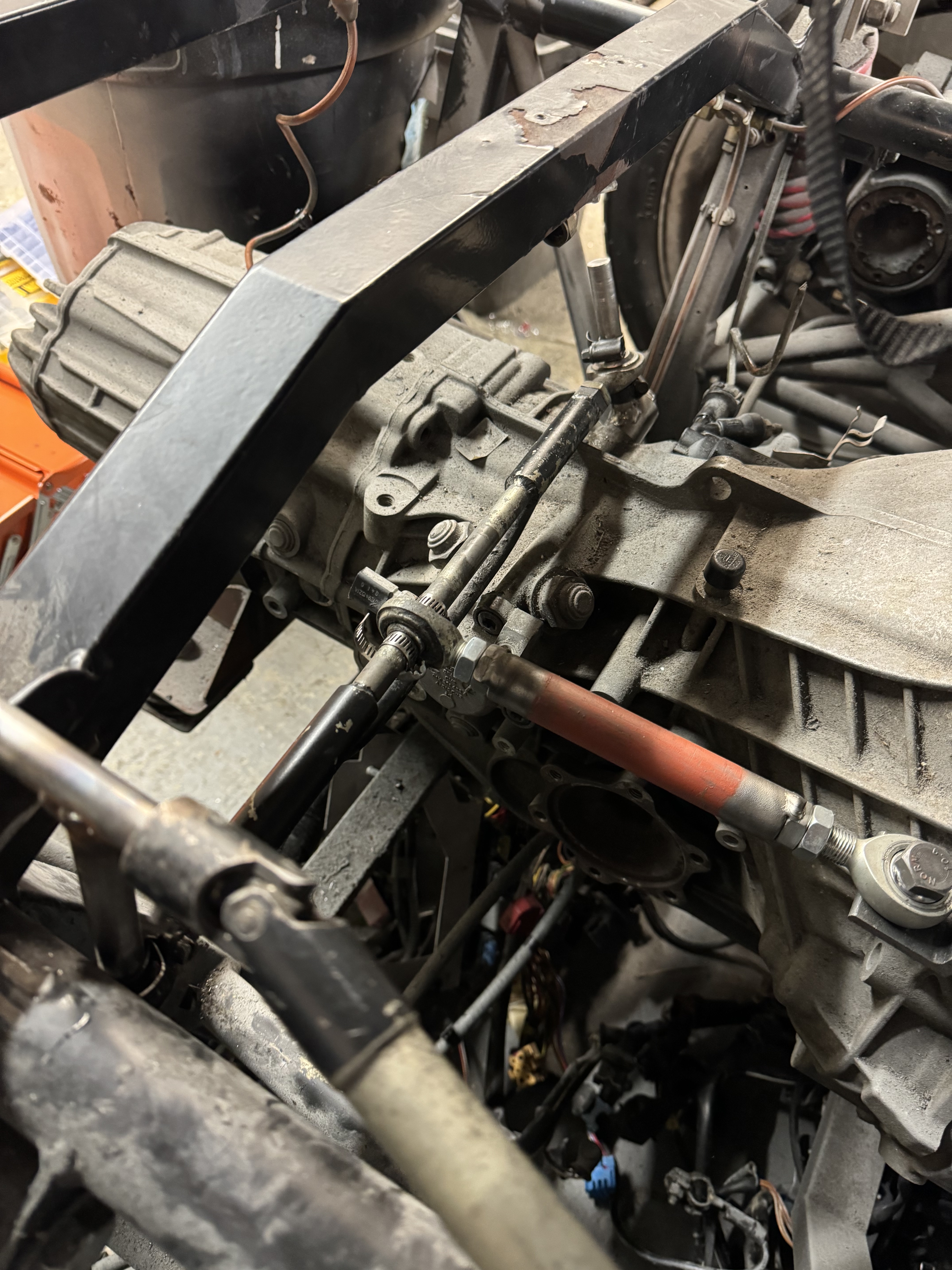 But it seems to work. I cut the old gate around a bit just to see if it would all work, will probably get a nice laser cut one eventually:
But it seems to work. I cut the old gate around a bit just to see if it would all work, will probably get a nice laser cut one eventually:
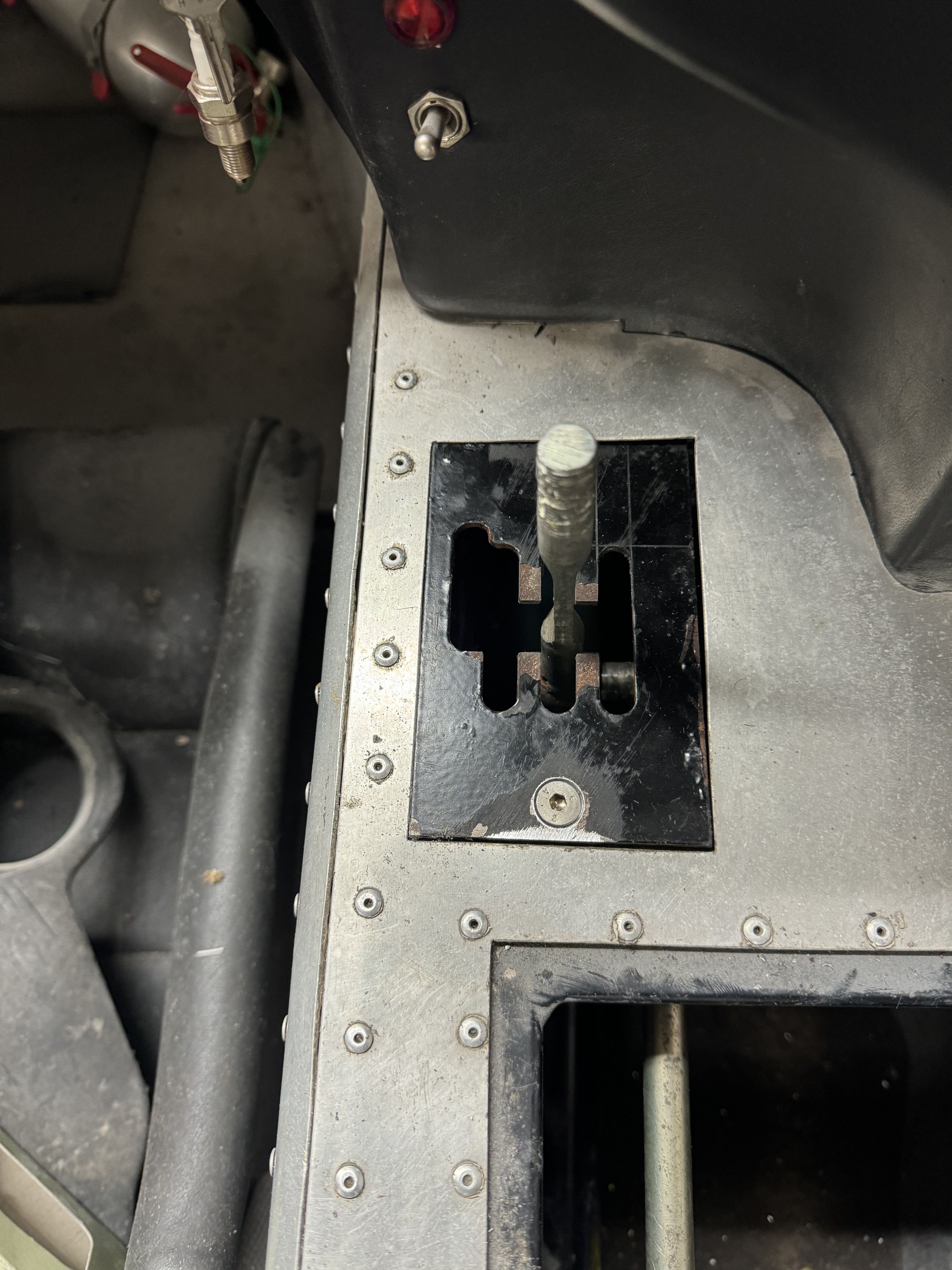

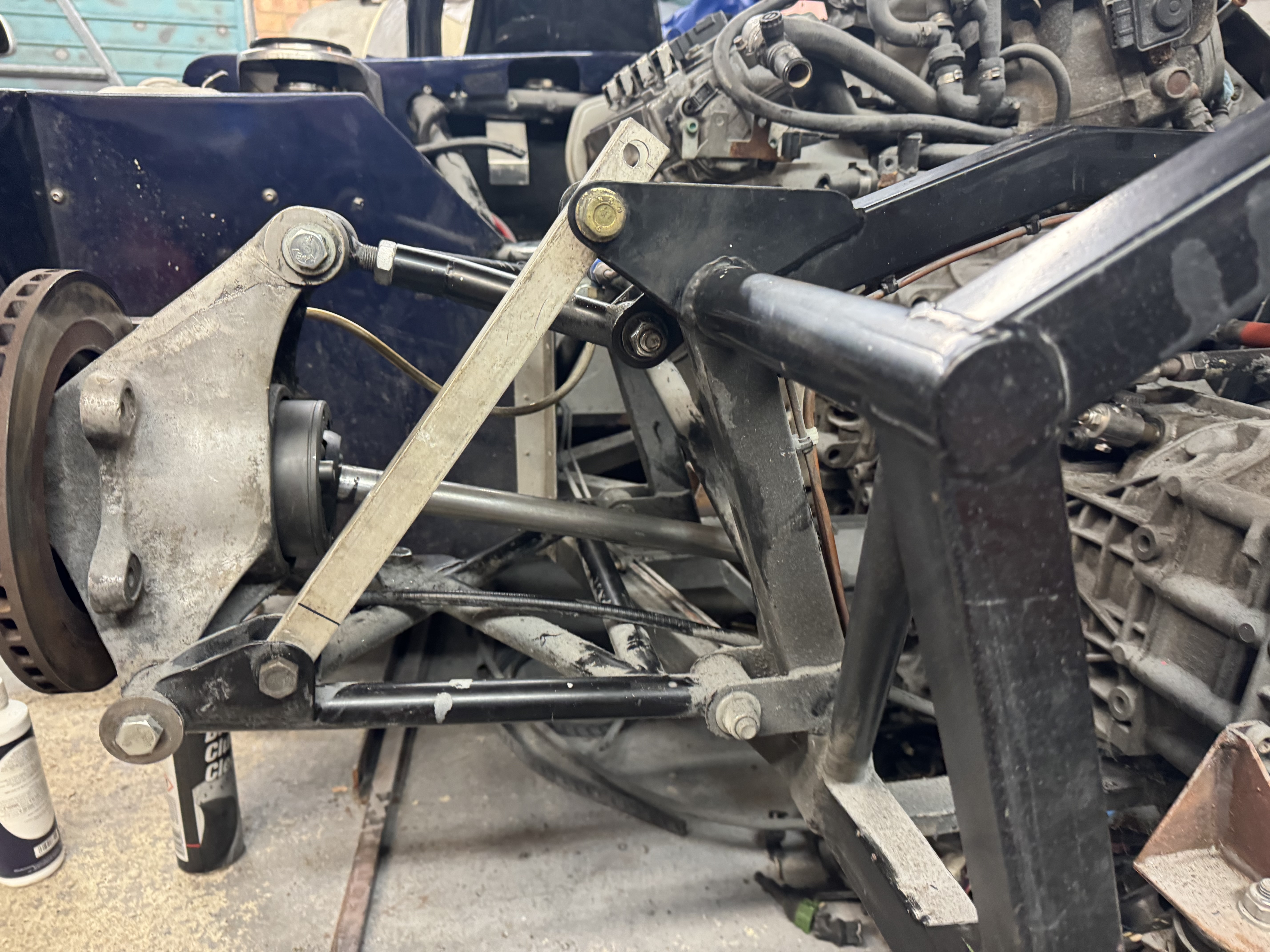
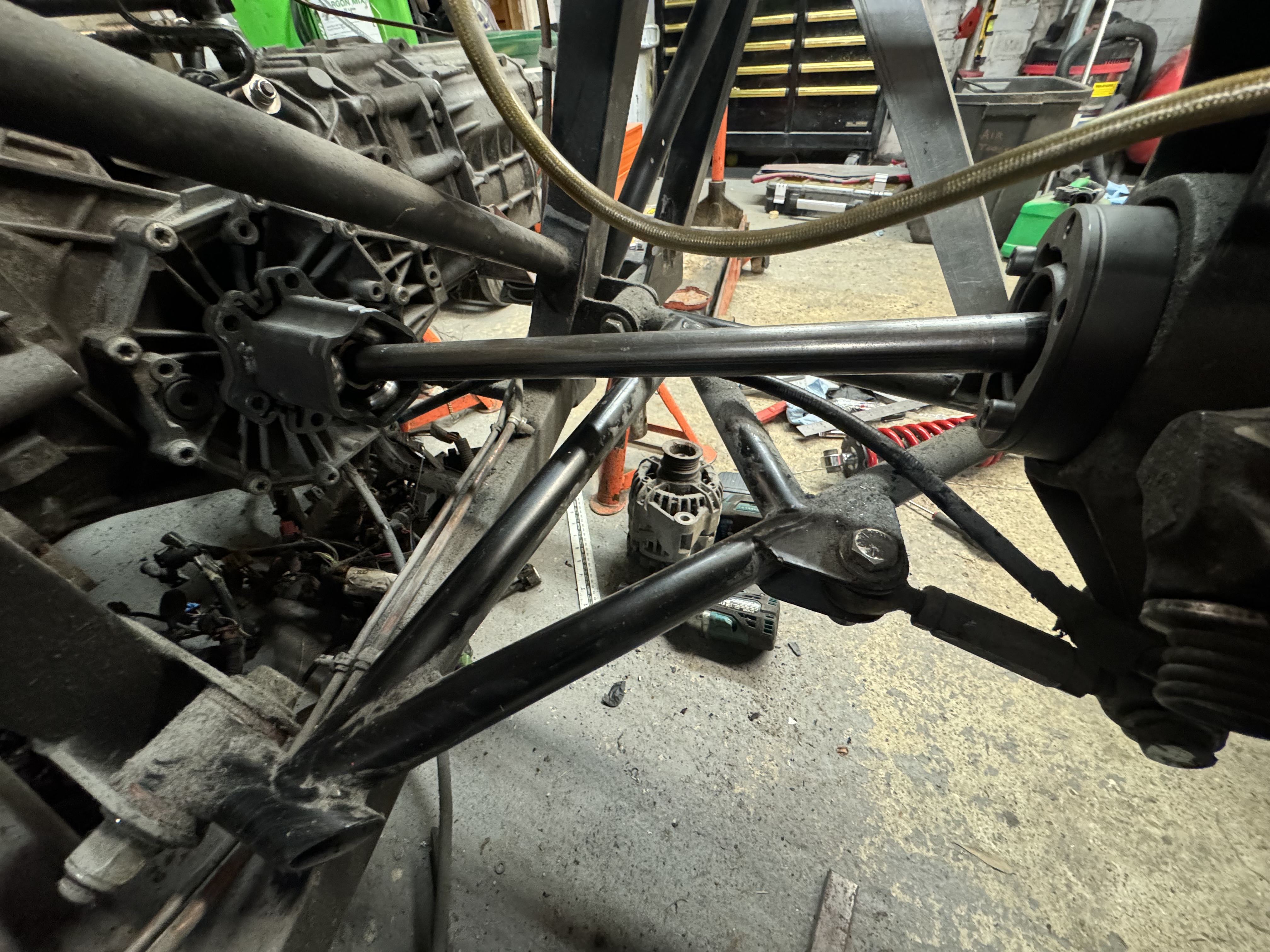 There’s at least 19mm of possible movement (at full drop) on the driveshaft, and 23mm movement resting height, and 22mm on the bump stops. So nothing bottoms out.
As of Feb 24, I’m waiting for the driveshafts to arrive. 🙂
There’s at least 19mm of possible movement (at full drop) on the driveshaft, and 23mm movement resting height, and 22mm on the bump stops. So nothing bottoms out.
As of Feb 24, I’m waiting for the driveshafts to arrive. 🙂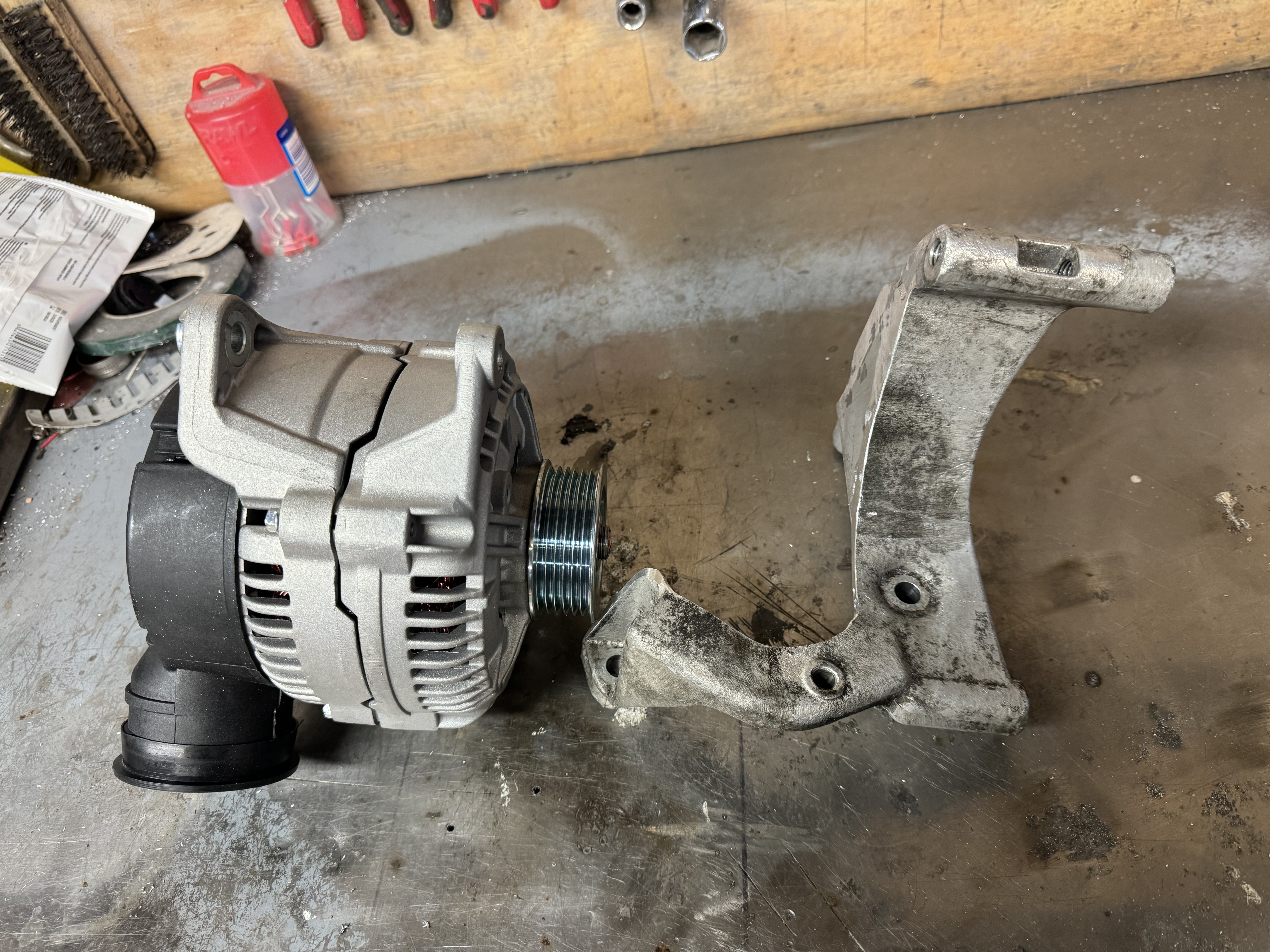
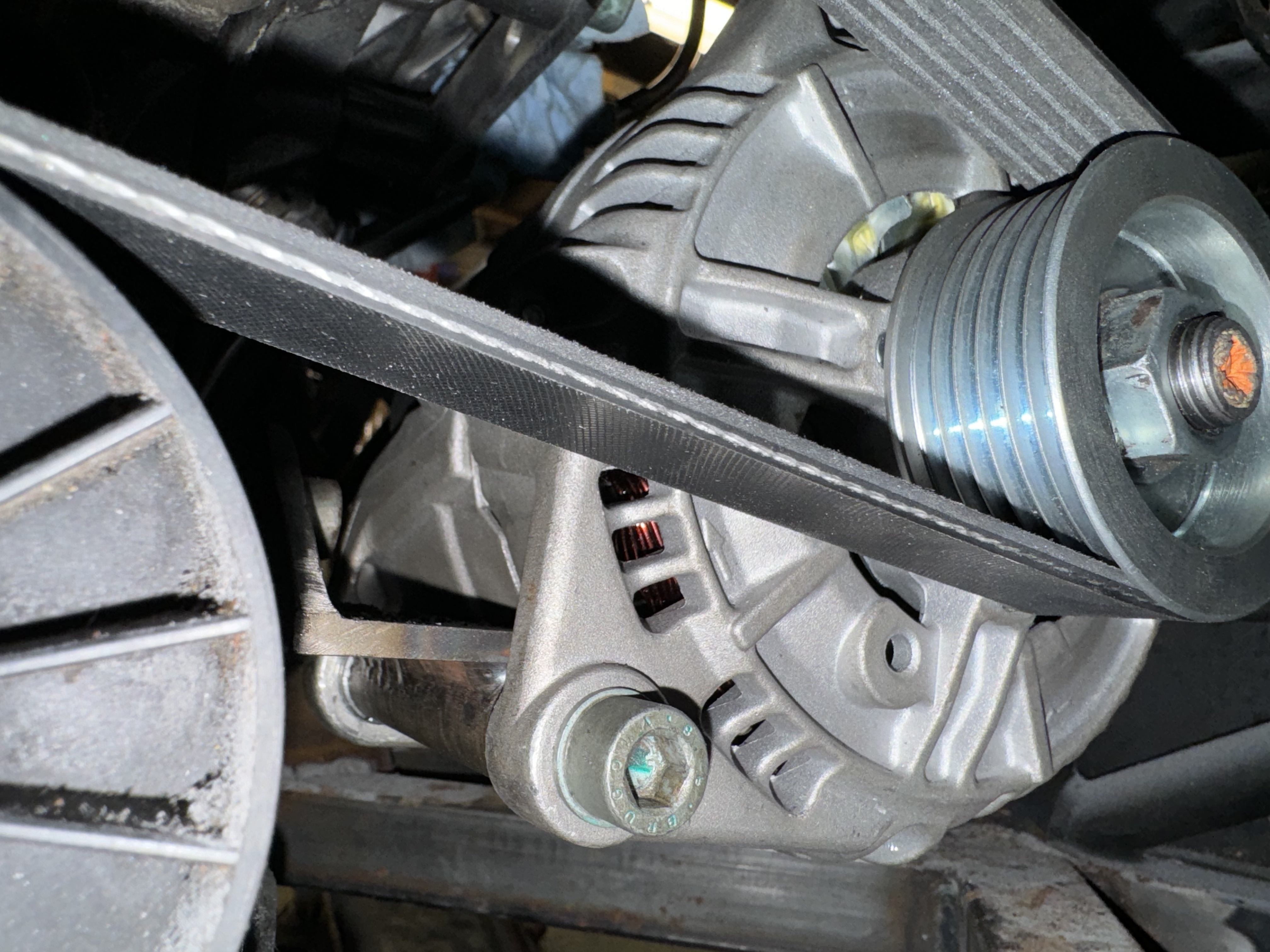
 It is pretty much perfectly aligned. 🙂
It is pretty much perfectly aligned. 🙂
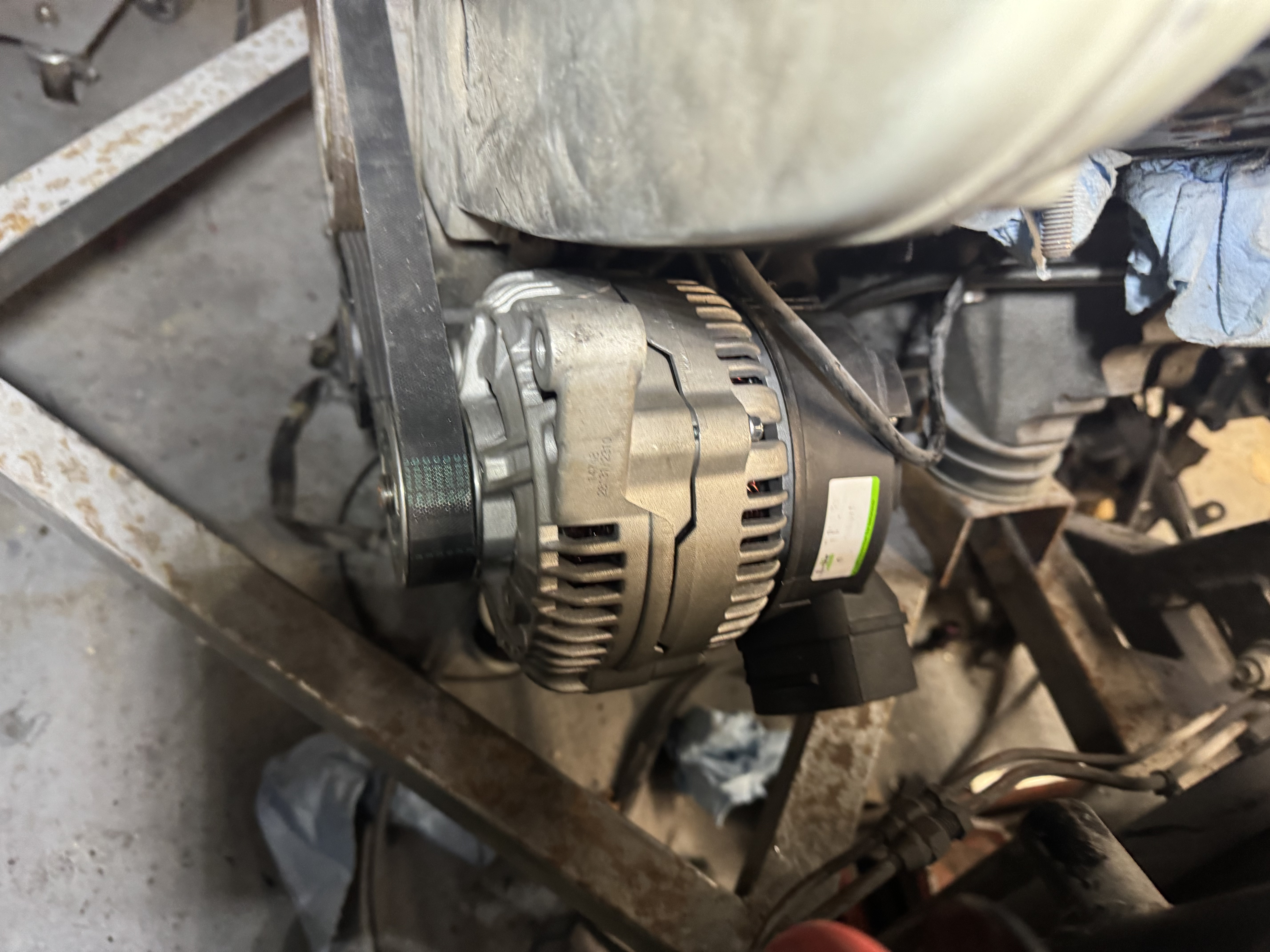
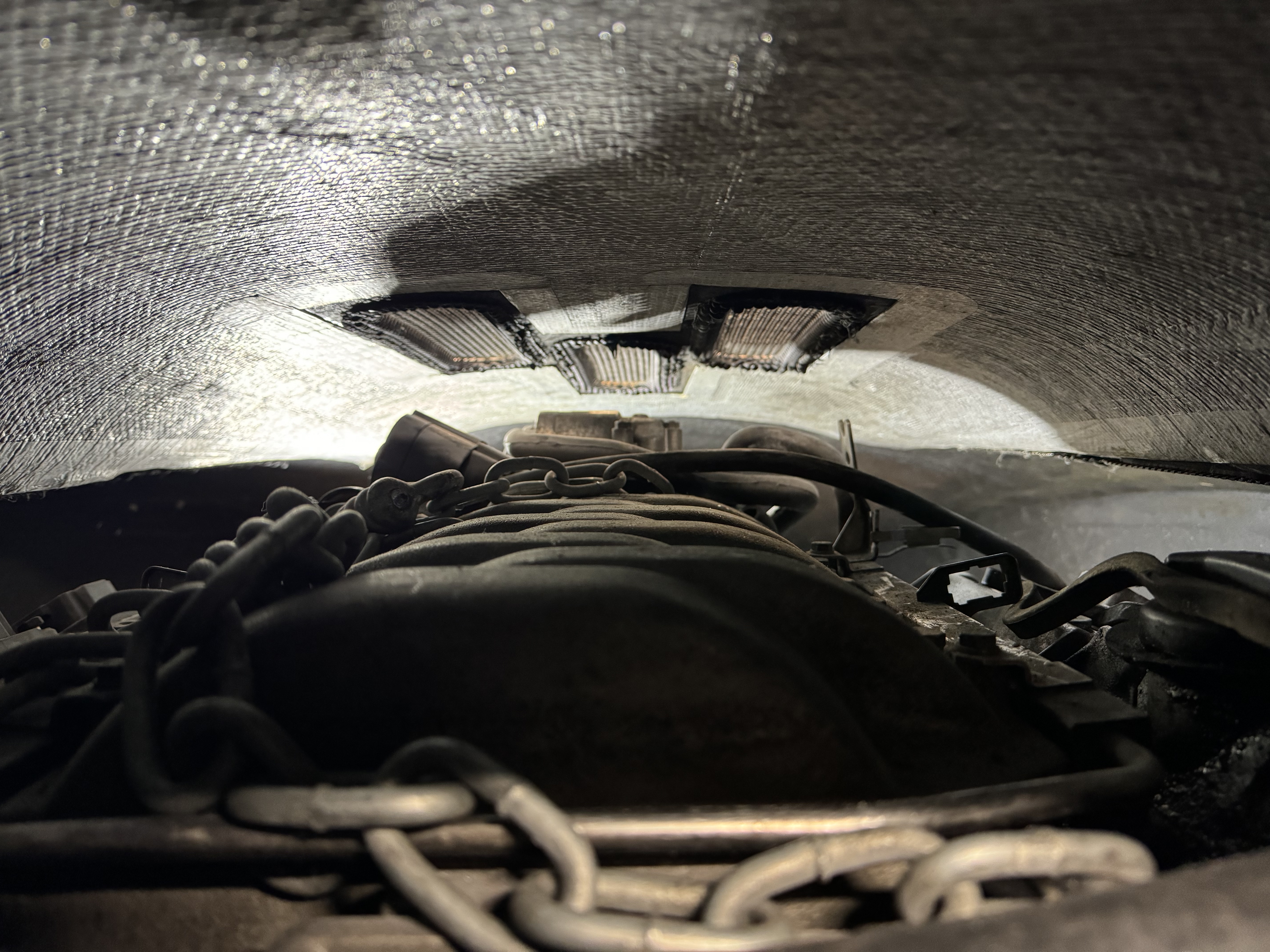
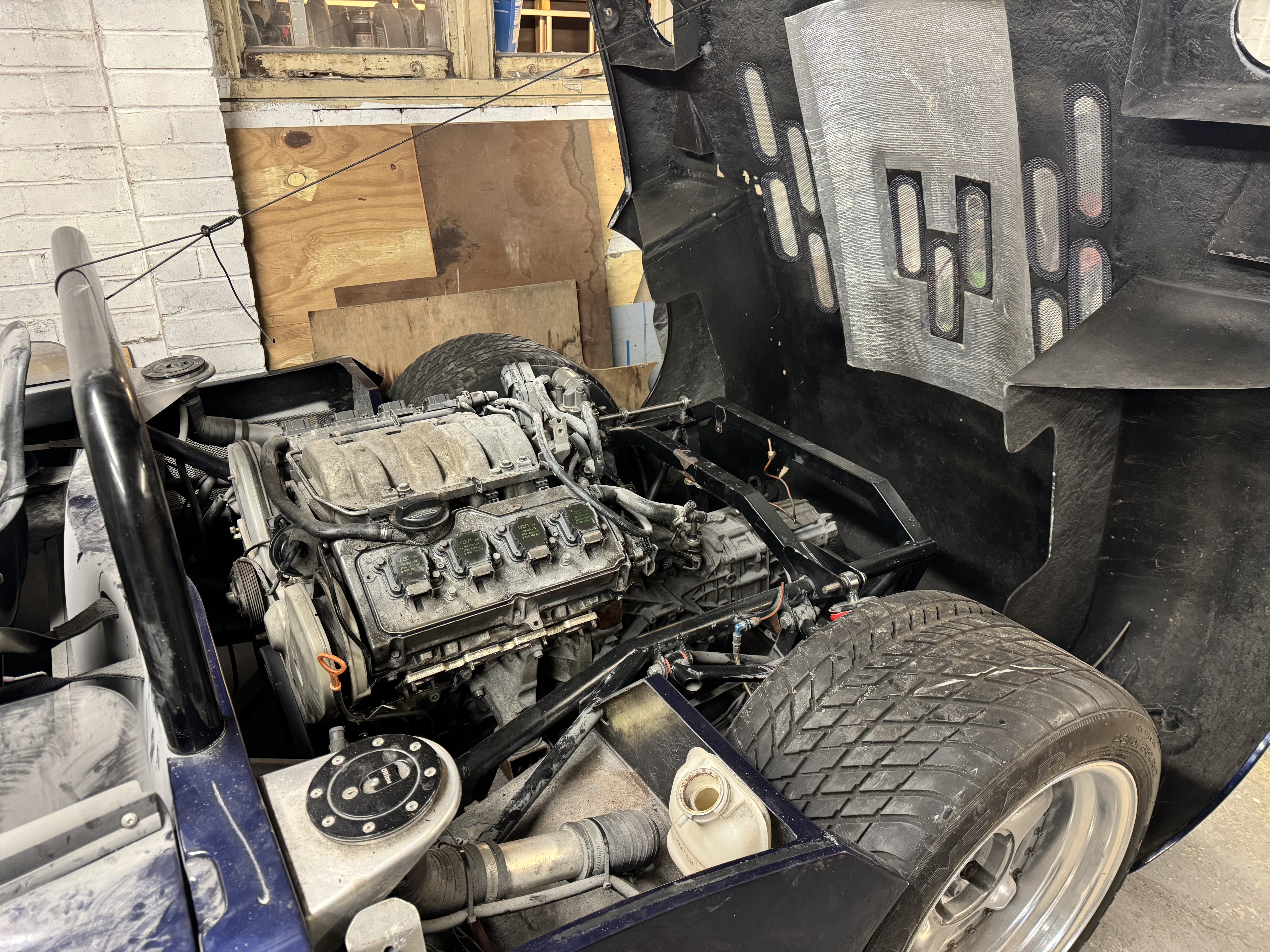
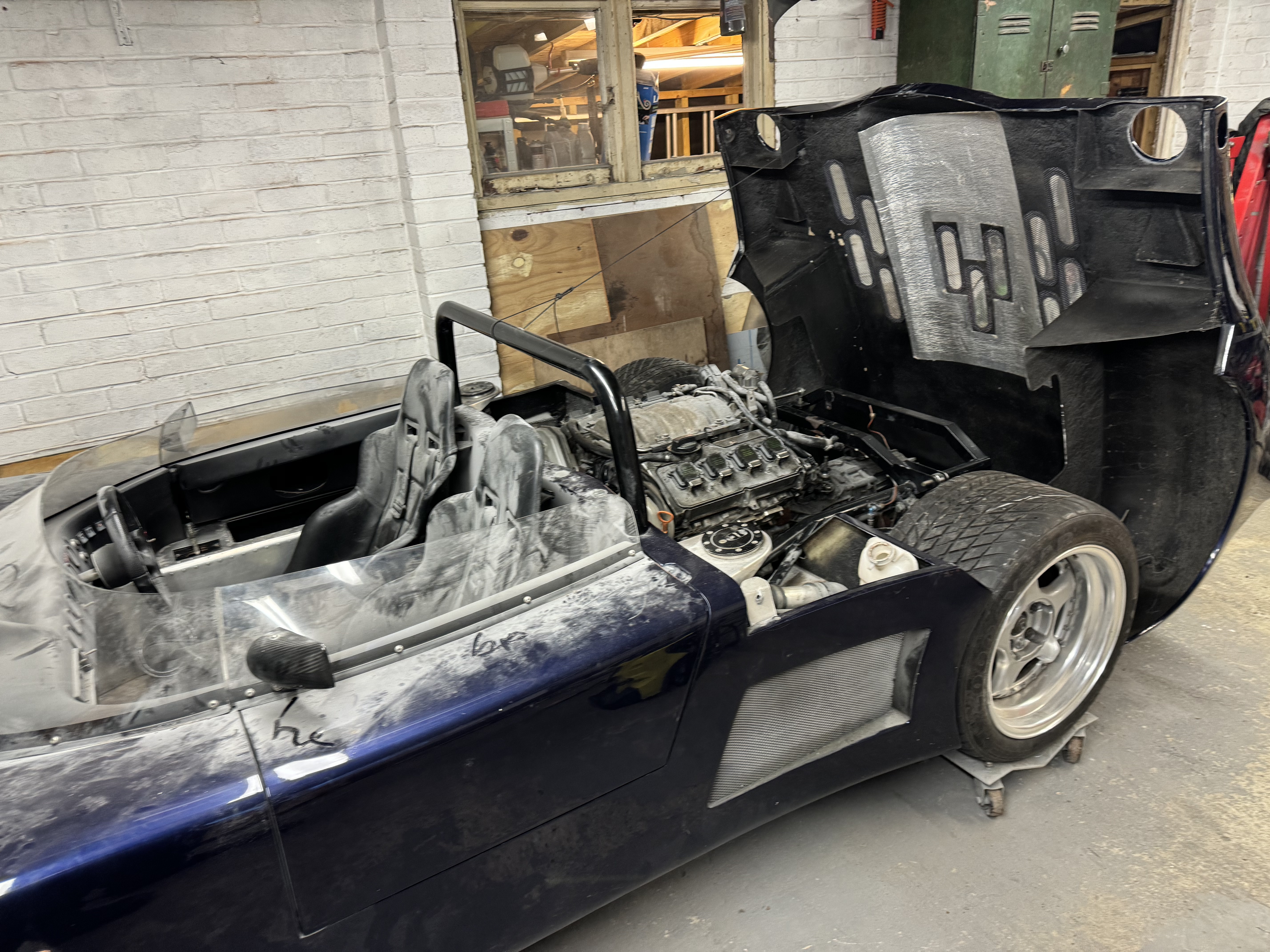

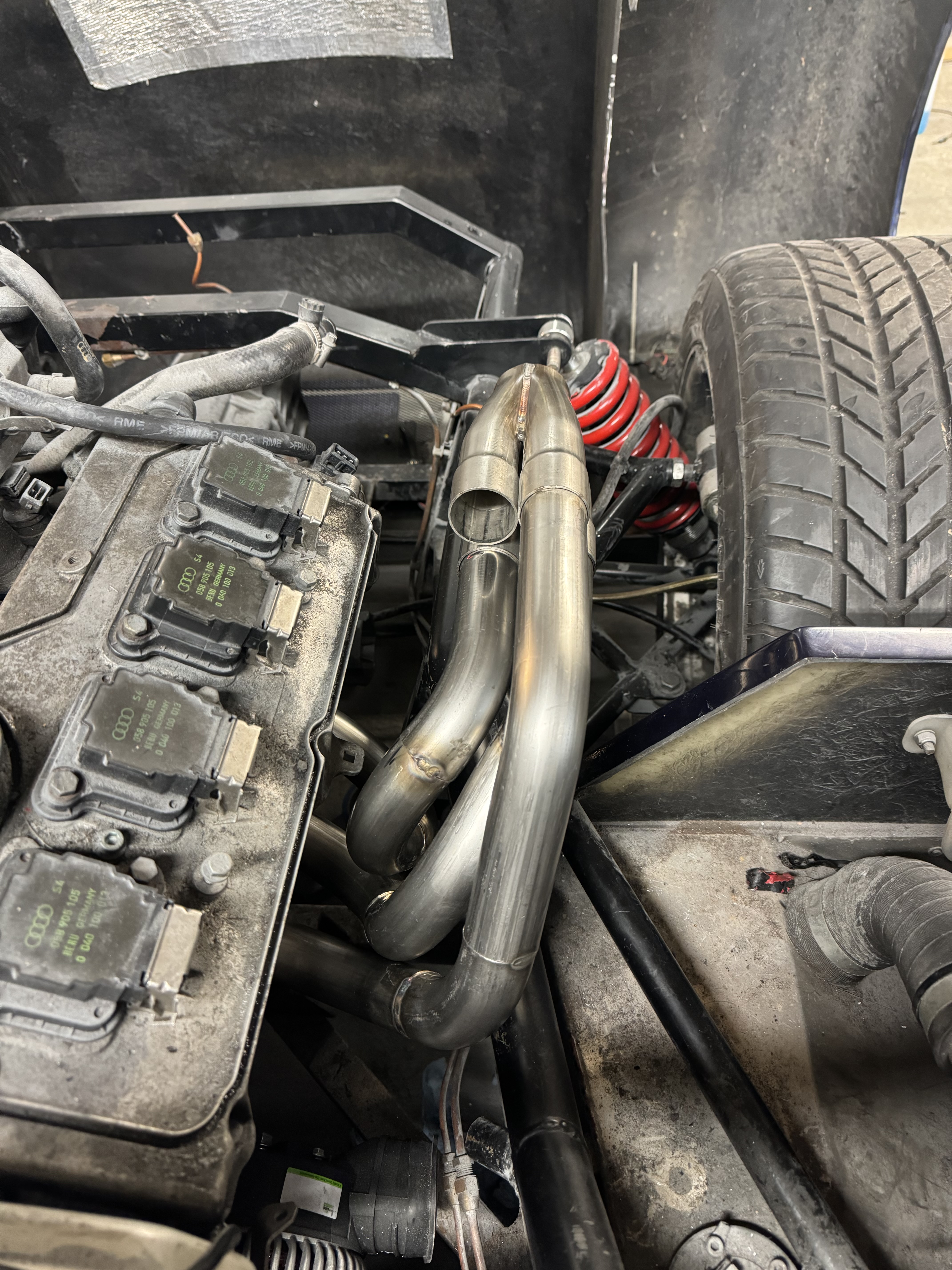
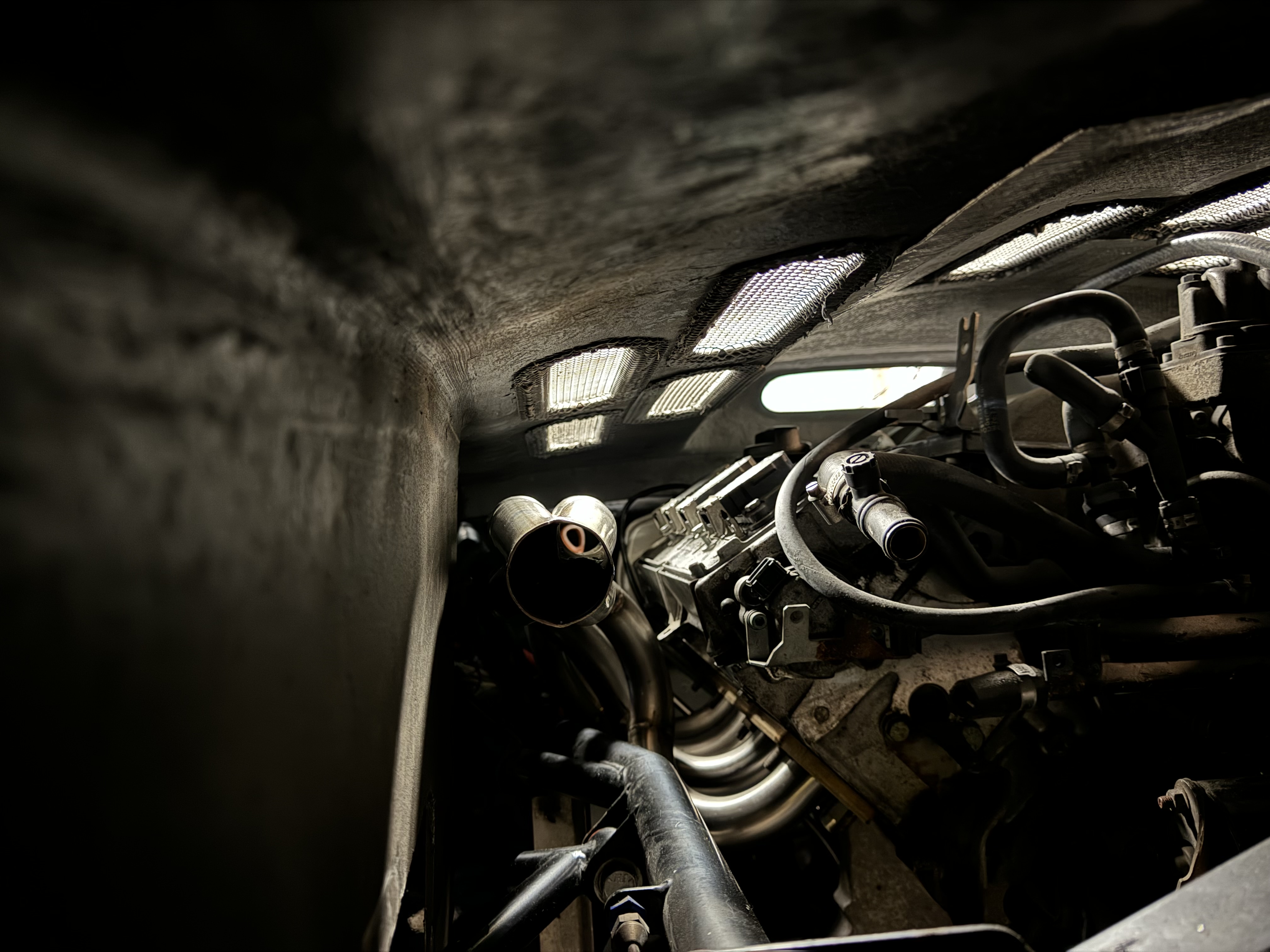
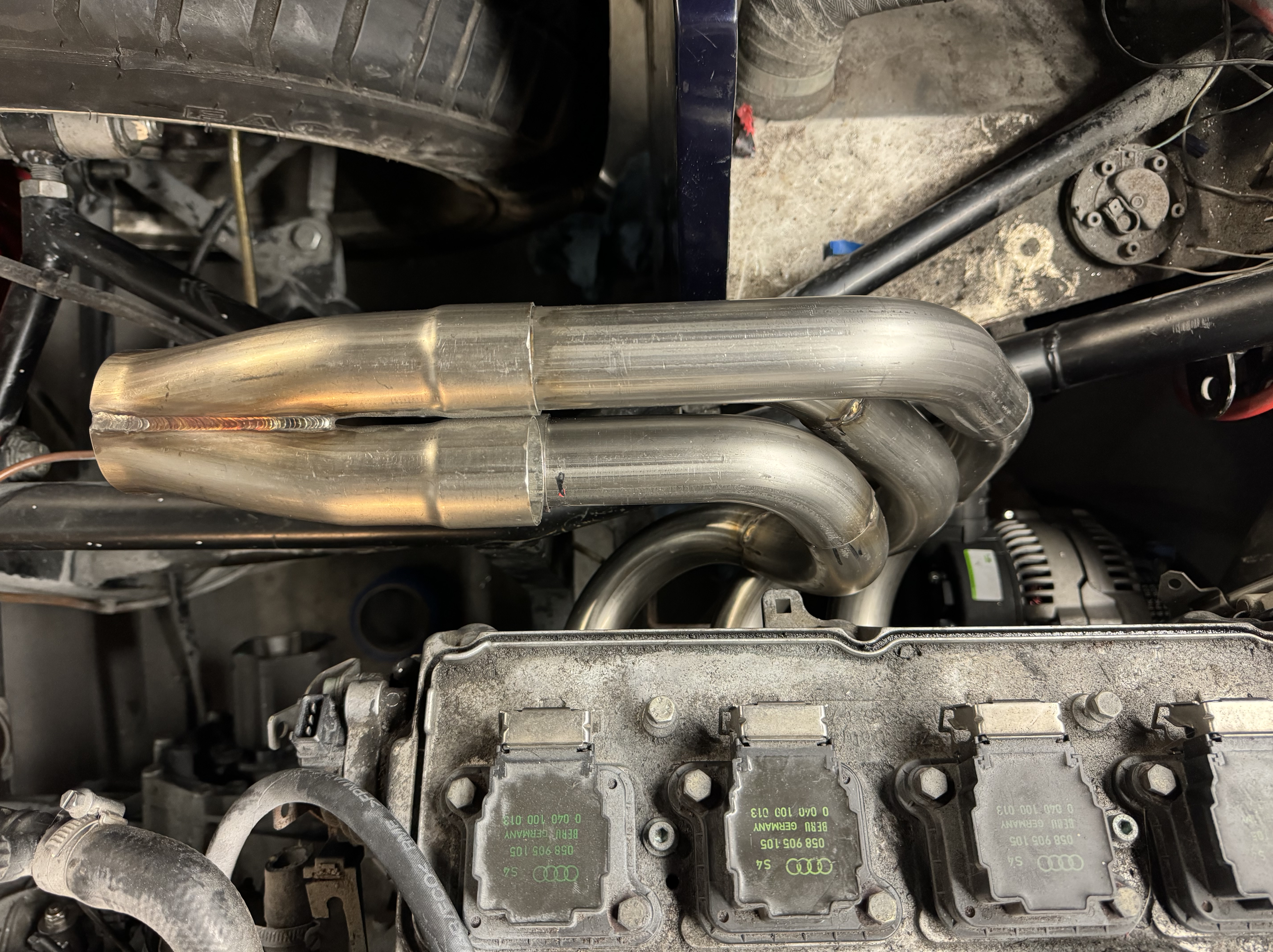 Am happy enough with the first three pipes, but the 4th was not so good:
Am happy enough with the first three pipes, but the 4th was not so good:
